Introduction
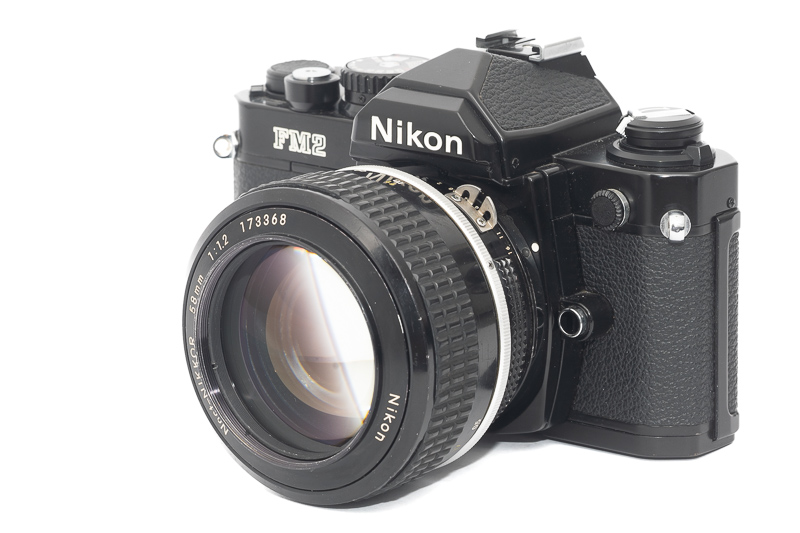
Nikon made three manual focus f/1.2 lenses for the F-mount and the most famous one is undoubtedly this Nikon 58mm 1.2 Noct-Nikkor, often referred to as “the Noct”. What makes it special is its hand ground aspherical element, something you didn’t see often in 1977. Let’s have a closer look at this legendary lens!
Sample Images


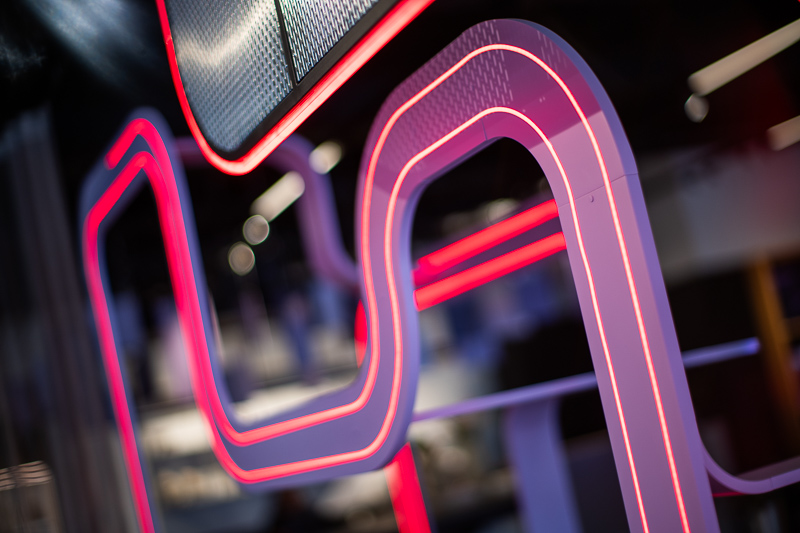
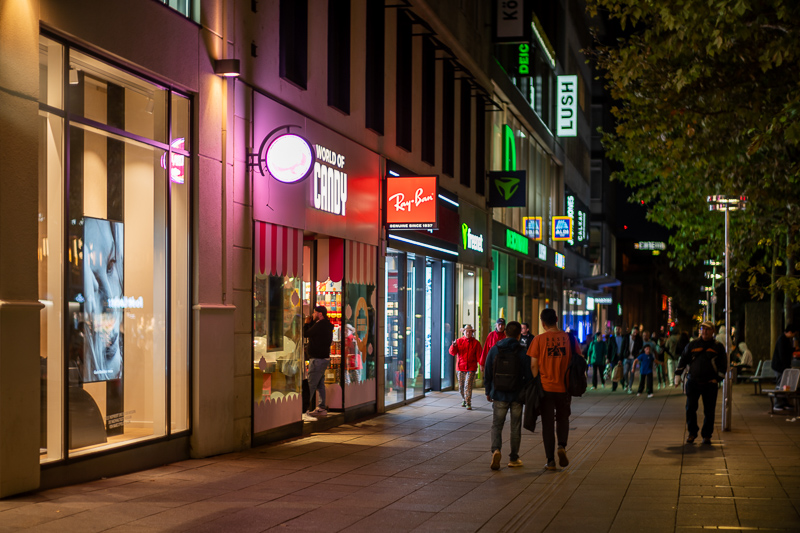
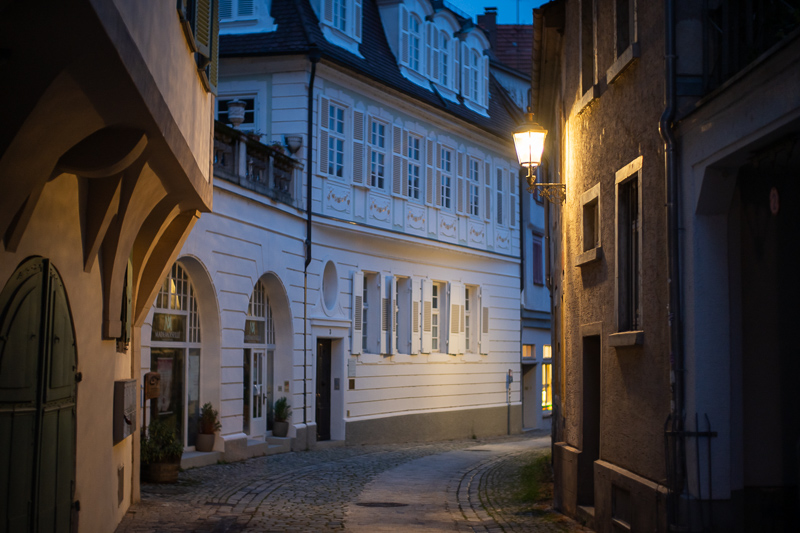
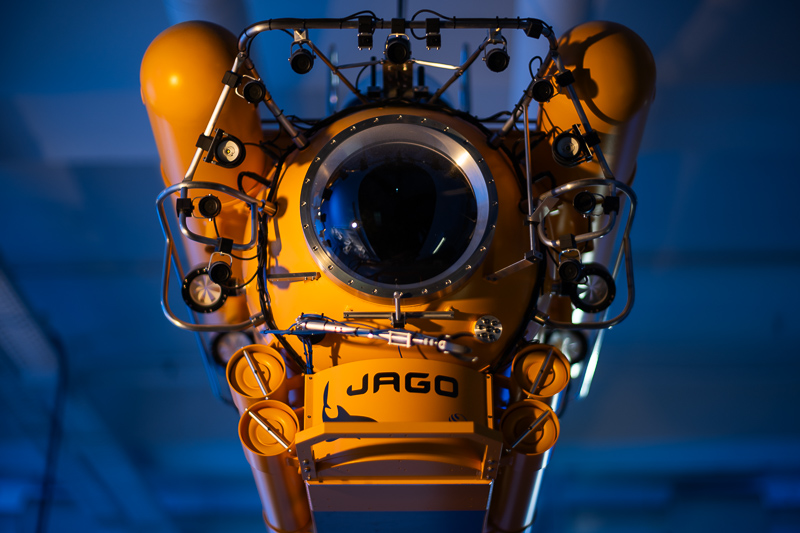
Most of the sample images in this review can be found in full resolution here.
Contents
Specifications / Version History
There have been three different f/1.2 lenses for F-mount:
- Nikon 55mm 1.2
pre-Ai/Ai, 7/5 design, 7 aperture blades, 410g, 1965-1978, ~176.000 made - Nikon 50mm 1.2
Ai/Ai-s, 7/6 design, 7 or 9 aperture blades, 366g, 1978-2020, ~240.000 made - Nikon 58mm 1.2 Noct
Ai/Ai-s, 7/6 design, aspherical element, 7 or 9 aperture blades, 475g, 1977-1998, ~11.500 made
This is a review of the rare “Noct-Nikkor” from 1977 which has the following specifications:
- Diameter: 75 mm
- Length: 52 mm
- Weight: 475g (measured)
- Field of view: 40.9° (diagonally)
- Filter Diameter: 52 mm
- Number of Aperture Blades: 7 (straight)
- Elements/Groups: 7/6
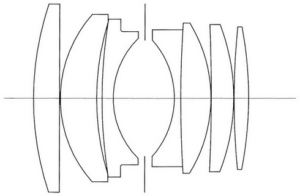
- Close Focusing Distance: 0.5 m
- Maximum Magnification: 1:6.6 (measured)
- Mount: Nikon F
buy from ebay.com | ebay.de (affiliate links) starting at $3000
Disclosure
A long time reader lend me this lens for a few weeks to write this review. Thanks a lot!
History
If you want to know more about the development and the history of this lens you should first have a look at Nikkor – The Thousand and One Nights – No. 16: Nikon 58mm 1.2 Ai Noct-Nikkor.

What is special about this lens is that it makes use of an aspherical element to better correct Coma. It wasn’t the first lens to feature an aspherical element though, the Leica 50mm 1.2 Noctilux was released 11 years earlier and not only does it feature a hand ground aspherical element, too, it also carries a suspiciously similar name…
The usage of a hand ground aspherical element also meant that this has always been a very expensive lens. In 1978 it was sold for three times as much as the 55mm 1.2 and since then that difference has increased significantly. That high price also meant that Nikon did not make many of these, only around 11.500 have been made, making this a desirable collector’s item, further driving up its price.
People usually talk about how this lens makes use of an aspherical element to better correct Coma, but as you will see in this review that is not the only difference compared to Nikon’s other f/1.2 lenses of that era.
Handling / Build Quality
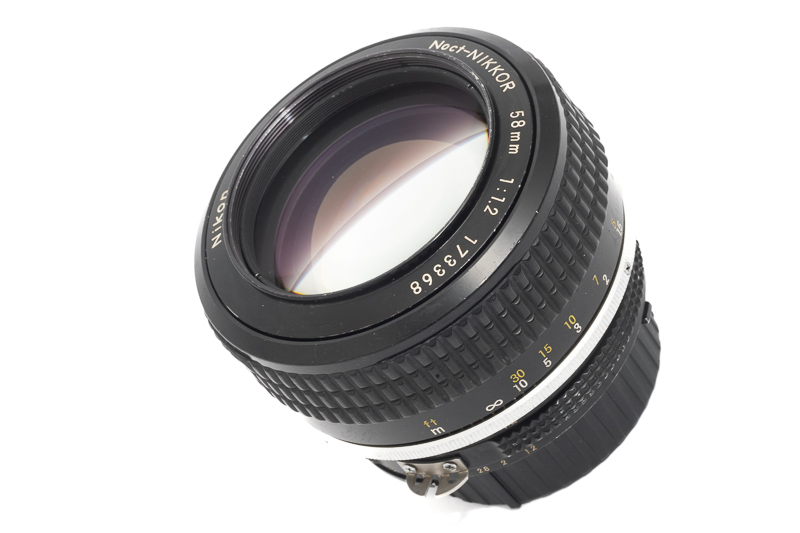
This Nikon 58mm 1.2 Ai Noct-Nikkor has the typical build quality of Nikon’s Ai lenses: all metal body with engraved writings, colorful aperture stops and DoF scale.
The focus ring has a very nice and even resistance. It takes ~230° from the minimum focus distance of 0.5 m to infinity.
The aperture ring is also typical for Nikon’s lenses: equidistantly spaced full-stop click stops and the aperture ring close to the camera body. The aperture ring can be moved very slightly past the f/1.2 mark, which was already the case for the 105mm 2.5 as well as the 55mm 1.2 and I am not a huge fan of.
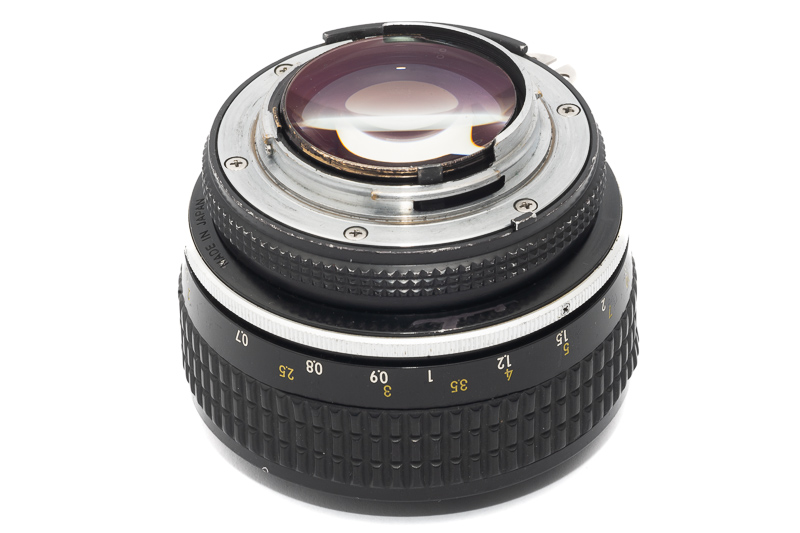
Looking at the bayonet you will notice that the rear element is not perfectly round as was already the case for the Nikon 55mm 1.2 Ai. More on that in the optical vignetting section.
Apparently Nikon made two hoods for this lens, the HR-2 hood (foldable rubber) and the HS-7 hood (snap-in metal). The HS-7 hood can even be mounted reversed.

All the f/1.2 F-mount lenses are very similar in size. On top you can see how this lens compared to its successors, the Nikon AF-S 58mm 1.4G and the Nikon Z 58mm 0.95 S Noct-Nikkor.
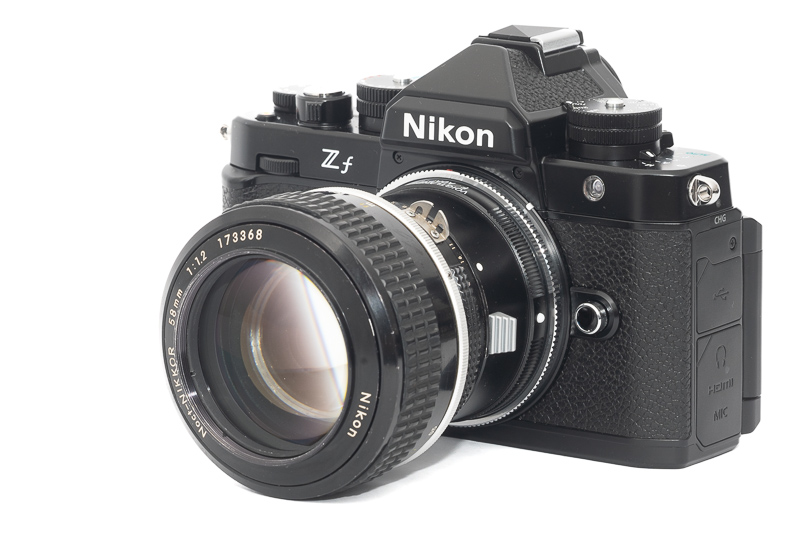
I was using the lens with a Voigtländer F->E and the Neewer E->Z adapter, allowing me to use it with all the focusing aids the Zf provides.
Vignetting
Light falloff
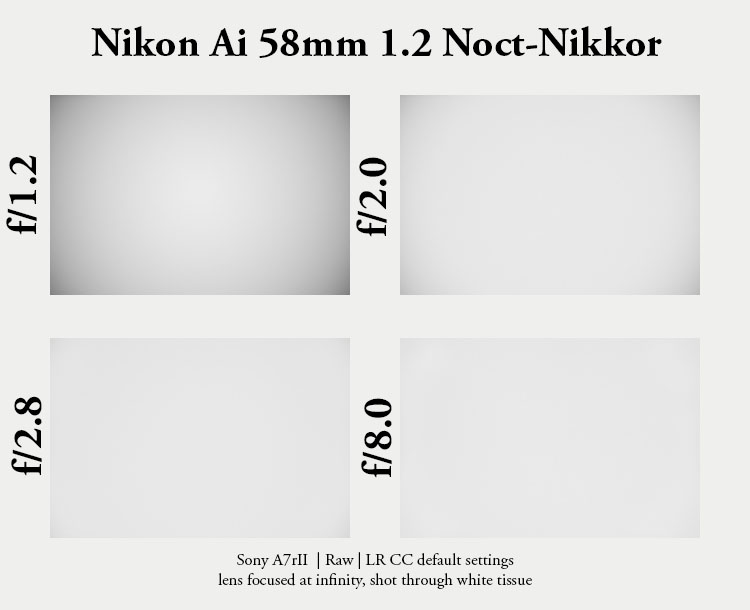
| f/1.2 | 2.4 EV |
| f/2.0 | 1.4 EV |
| f/2.8 | 0.5 EV |
| f/4.0 - f/16 | 0.2 EV |
The vignetting figures are actually very typical for a lens with these parameters. They are more or less the same as those of the Nikon 55mm 1.2 Ai but also newer (and much bigger) lenses like Samyang 50mm 1.2 XP and Meike 50mm 1.2 whereas the Canon EF 50mm 1.2L USM showed slightly higher vignetting at f/1.2.
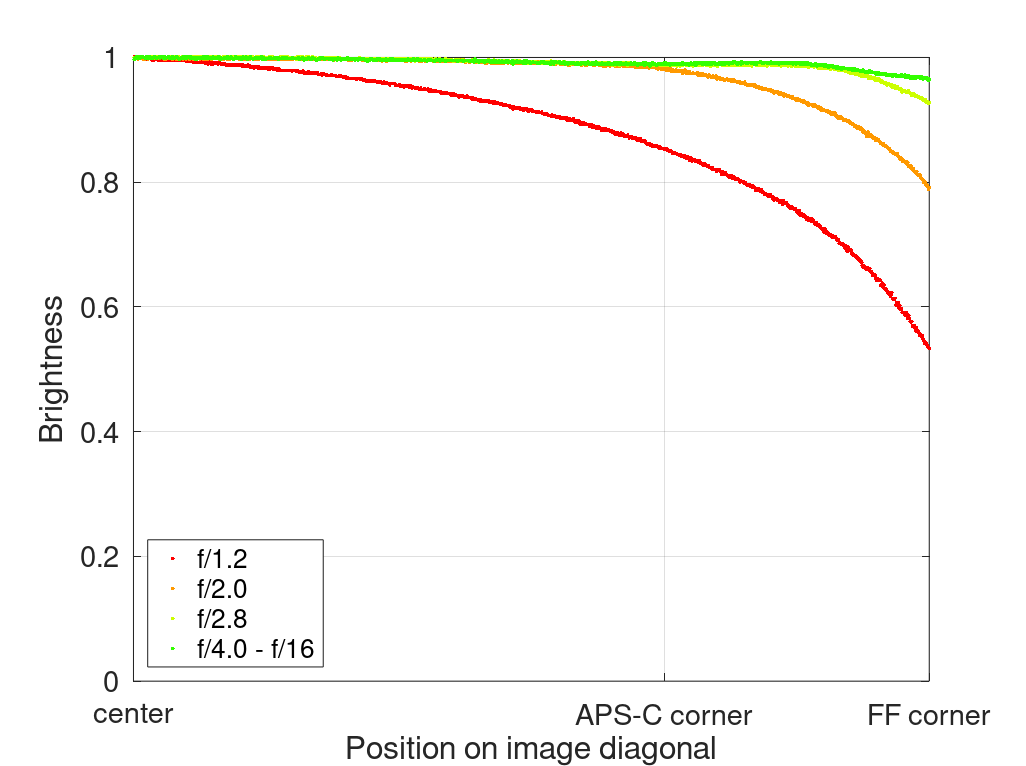
It is recommended to have a look at this article first to get an idea how this brightness graph works.
Optical vignetting
Fast lenses usually show a noticeable amount of optical vignetting, especially so the compact ones. Without going too much into technical details optical vignetting leads to the truncation of light circles towards the borders of the frame.
In the center of the frame almost every lens will render a perfect circle, but only lenses with very low optical vignetting will keep this shape in the corners.
So in the following comparison we move from the center (left) to the extreme corner (right) and see how the shape of the light circle changes.
The theoretical maximum aperture an F-mount lens can have has been calculated to f/1.17 and f/1.2 is awfully close to that. The problem with these theoretical values is, that you usually cannot easily reach them in practice.
As you can see in the center the circle looks cut at f/1.2. This is because the rear element is actually not perfectly round due to the space needed for the aperture lever. This is the case for all of Nikon’s f/1.2 lenses. I am actually not sure if this should be considered optical vignetting or mechanical vignetting.
In 2023 – to my utmost surprise – Cosina released the Voigtländer 55mm 1.2 SL IIs Nokton for the Nikon F-mount. This lens features a special mechanical design (more on that in its review) that allows for a normal, perfectly round rear element.
Compared to the Nikon 55mm 1.2 Ai we see some interesting things. First the Noct has a bit less optical vignetting, which is surely nice. What I find more interesting is, how evenly lit those light points are, there is hardly any outlining visible, a big difference compared to the 55mm.
These days you rarely see 7 straight aperture blades in portrait lenses and luckily so, as that diaphragm construction leads to distinct (and in my opinion unnatural) heptagons which even have a bit of a sawtooth shape at f/1.4 and f/2.0.
Despite the usage of an aspherical element we hardly see any onion ring structures here.
Sharpness
Focus shift
As is very typical for lenses like this there is a lot of undercorrected spherical aberration at closer focus distances which makes finding the plane of optimal focus a bit difficult. There is very noticeable focus shift between f/2.0 and f/2.8, so this is something I would watch out for when using this lens on a (D)SLR.
On a mirrorless camera with working aperture this will not be a problem as long as you stop down first and then focus.
Infinity (42mp Sony A7rII)
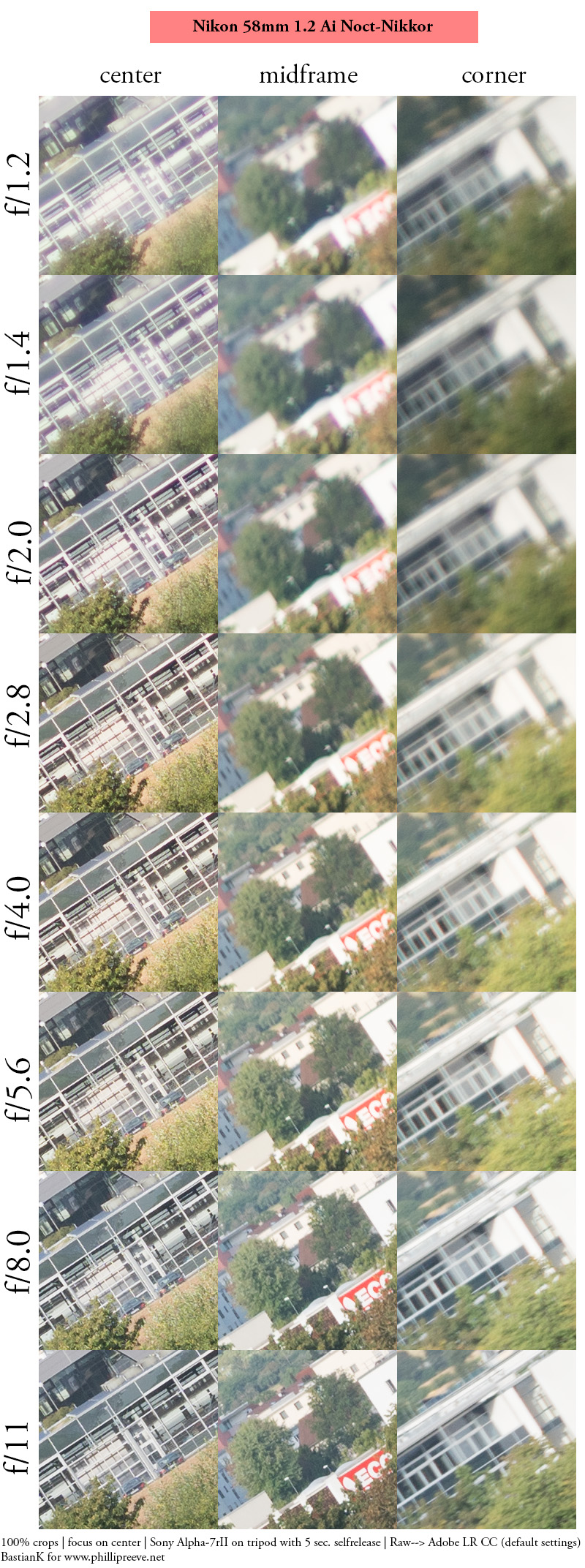

The performance at infinity honestly doesn’t look particularly great. In the center I see spherical aberration at wider apertures leading to a generally softer image, but neither midframe nor corners are something to write home about. The midframe needs f/8.0 to look good, the corners still leave something to be desired at f/11.
The Nikon 55mm 1.2 Ai‘s midframe actually looks much better. The corners also look pretty bad there, but by f/8.0 my sample showed very good across frame performance.
How come Nikon’s famous, rare and expensive 58mm 1.2 Noct looks so bad here, especially compared to the not exactly popular 55mm 1.2?
The most important reason is probably, that there were no 42mp digital cameras in 1977. The Noct has higher contrast at f/1.2, which in low resolution 35mm film pictures may actually make it look better than the softer Nikon 55mm 1.2.
Furthermore the aim was to correct Coma as good as possible, but there are other optical aberrations that can have a negative influence on the corner performance, especially field curvature and astigmatism.
Portrait 1.5 m (42mp Sony A7rII)
For portraiture it isn’t so important how flat the field is, it is more interesting to see what the sharpness is like when focused at different parts of the frame to take field curvature out of the equation.
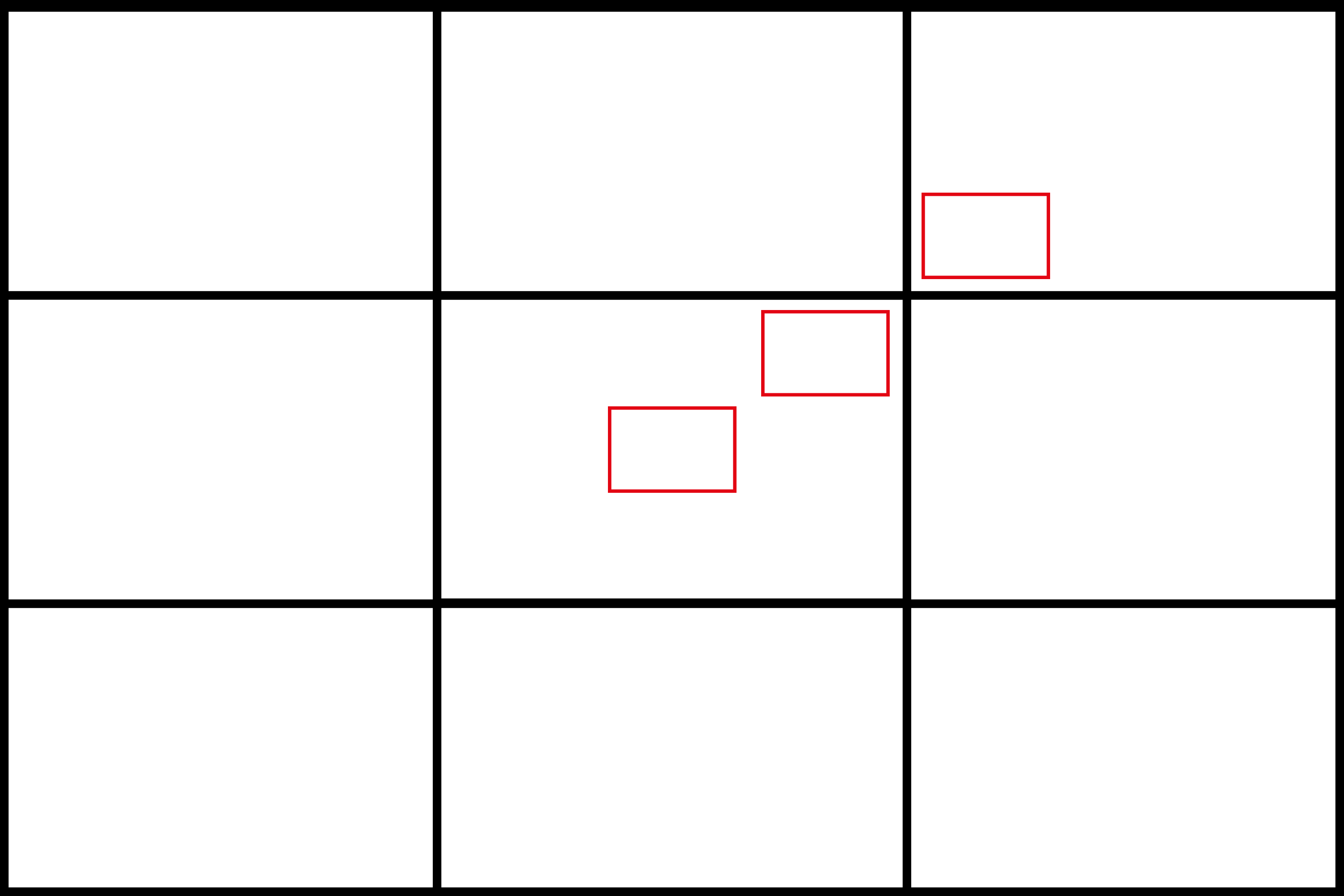
We will be looking at 100% crops from the 42mp Sony A7rII.
f/1.2 <—> f/2.0
At these distances I see some very interesting differences compared to the Nikon 55mm 1.2 Ai. The 55mm is very soft at f/1.2, but astigmatism is well corrected. With this 58mm 1.2 Noct the contrast at f/1.2 is much higher, but so is astigmatism, making the lens look worse in the outer midframe area.
If your subject is closer to the center or the inner midframe area I personally prefer the Noct here, as the higher contrast also leads to a higher perceived subject separation.
Close 0.5 m, 1:6.6 (42mp Sony A7rII)
Despite its one aspherical element this lens still features a rather simple 7-element unit focus design, so if you are looking for high resolution pictures at close distances, stopping down is definitely needed. The Nikon 55mm 1.2 Ai and the Nikon 50mm 1.4 Ai-s perform similar at shared apertures in this category, actually slightly better.
Flare resistance
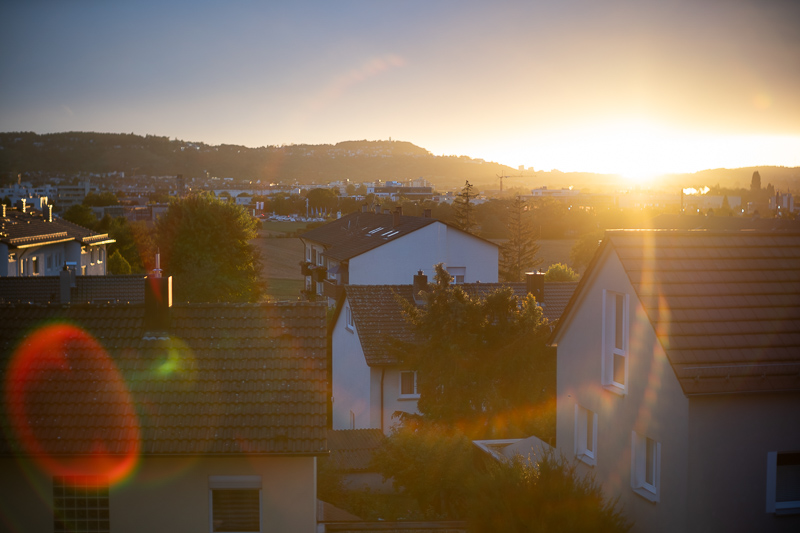
Many of the super fast lenses struggle in this category. And vintage lenses even more so. I do expect a very similar performance to the Nikon 55mm 1.2 Ai from that same era, let’s see if I am right about that.
At the maximum aperture we can see a lot of huge ghosts and also veiling flare reducing the contrast. Interestingly ghosting is more of an issue here compared to the Nikon 55mm 1.2 Ai.
Stopped down the situation improves a bit, as the ghosts are less obvious here.
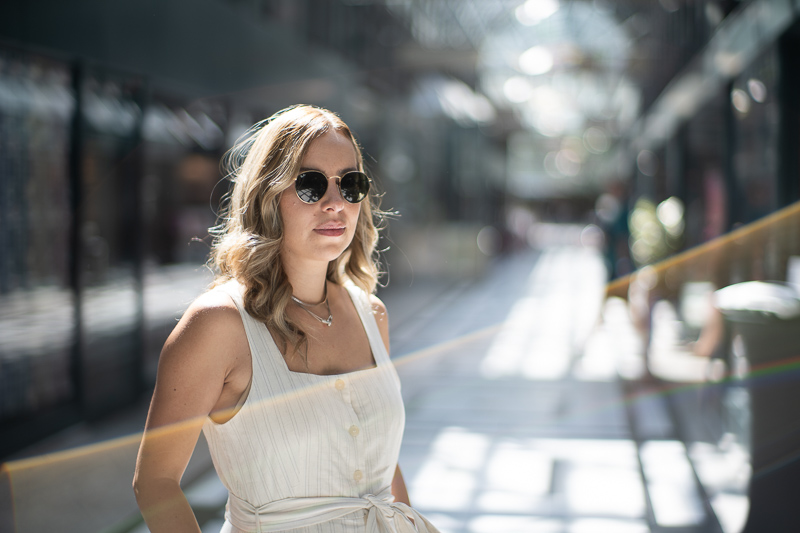
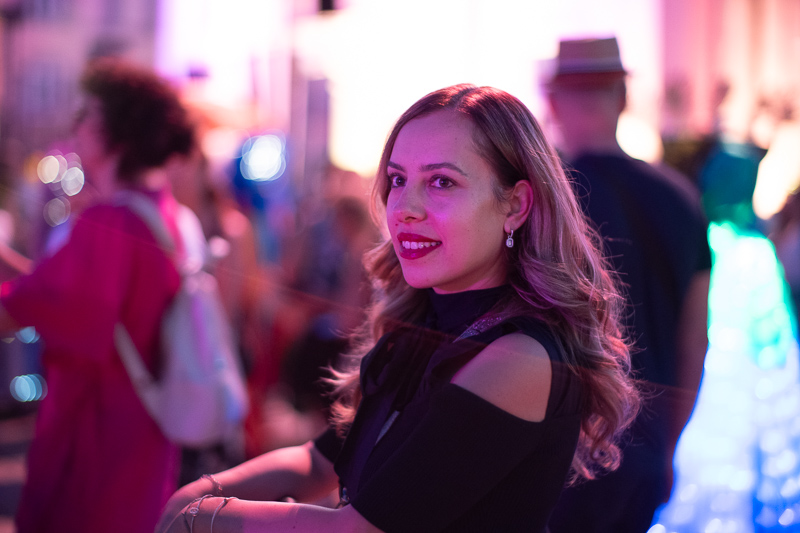
Quite regularly I encountered these artefacts you can see above with strong light sources outside the frame.
I also tried if the HS-7 hood can improve the situation, but I did not manage to manufacture one where it actually did.
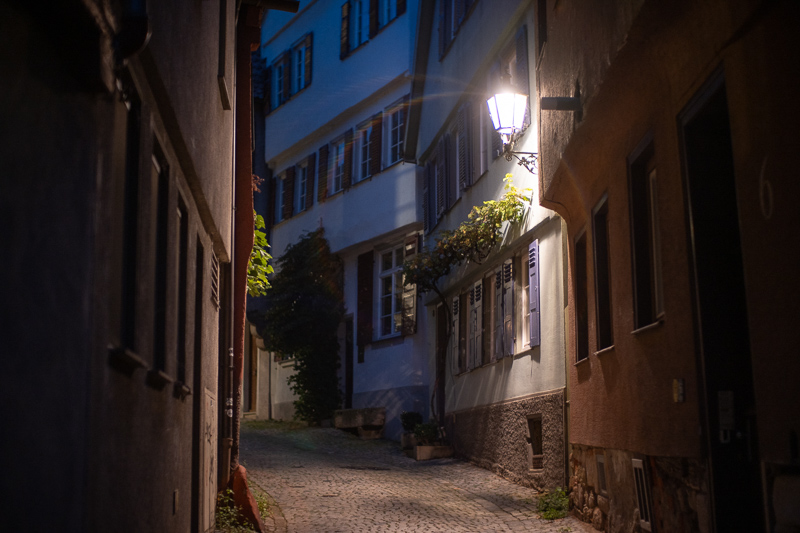

Stopped down the performance is very similar to the Nikon 55mm 1.2 Ai, whereas it is worse when wide open.
Coma
100% crops from extreme corner | focused on center
Some people may think that thanks to that one aspherical element this lens is completely free of Coma, but this is not the case. It took roughly 40 more years until we saw the first f/1.2 lens with a perfect Coma correction, and more was needed than a simple seven element design with just one aspherical surface.
Nevertheless, if we compare these artefacts to those created by other fast ~50 mm lenses of that time, they are significantly smaller and therefore less obtrusive here. Just have a look at the Nikon 55mm 1.2 Ai for a comparison. Also the Nikon AF-S 50mm 1.4G – released 27 years later – has more issues with this aberration.
Distortion
Distortion is low and uniform. There is no profile in Lightroom available, but dialing in +4 in Lightroom/Photoshop is doing a very good job at correcting it.
Bokeh

I actually expected this lens to perform similar to the Nikon 55mm 1.2 Ai or also the Voigtländer 55mm 1.2 SL IIs in this category, but this is in fact not the case.

The first thing I noticed was, that spherical aberration is much better corrected here compared to the two aforementioned lenses. The writing in the picture above would have a distinct glow at f/1.2 (have a look at Scene 1 here) with them, but this isn’t the case with this Noct. It has way higher contrast at f/1.2 and therefore I also found it to be generally much more usable at f/1.2.
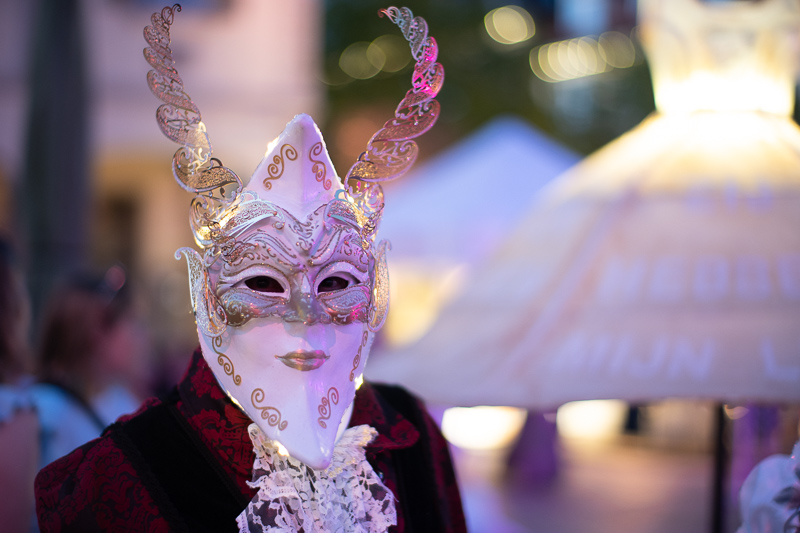
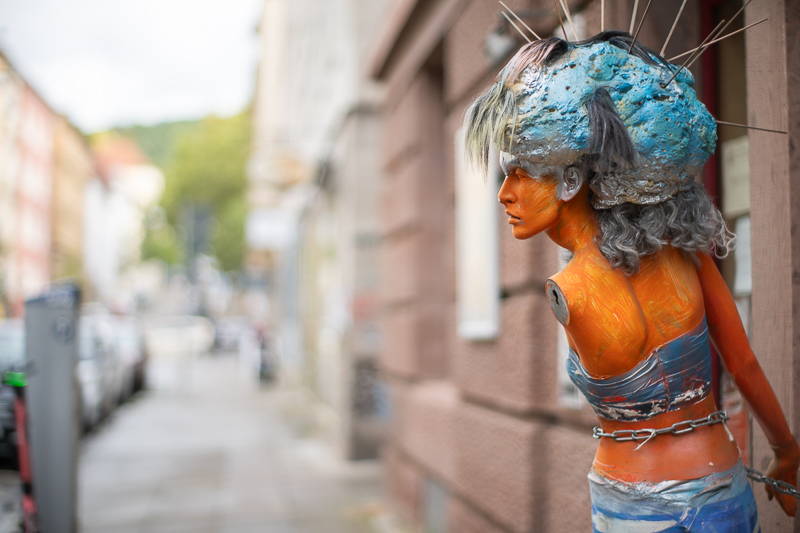

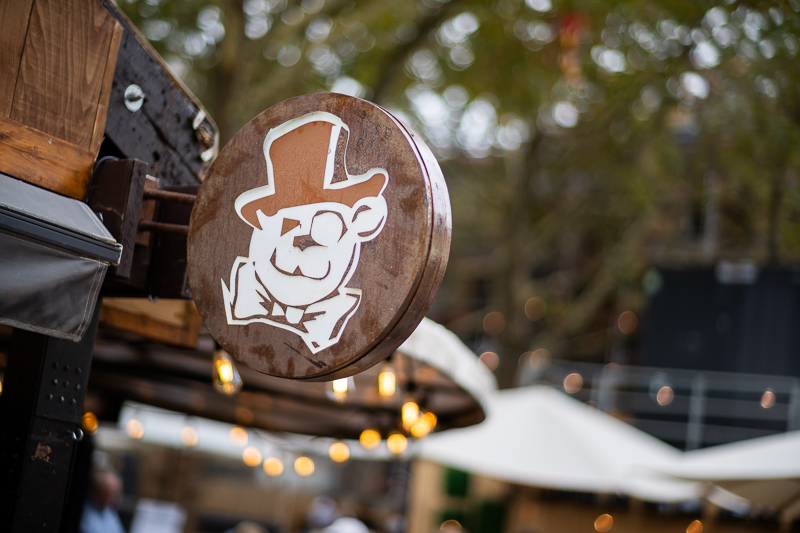
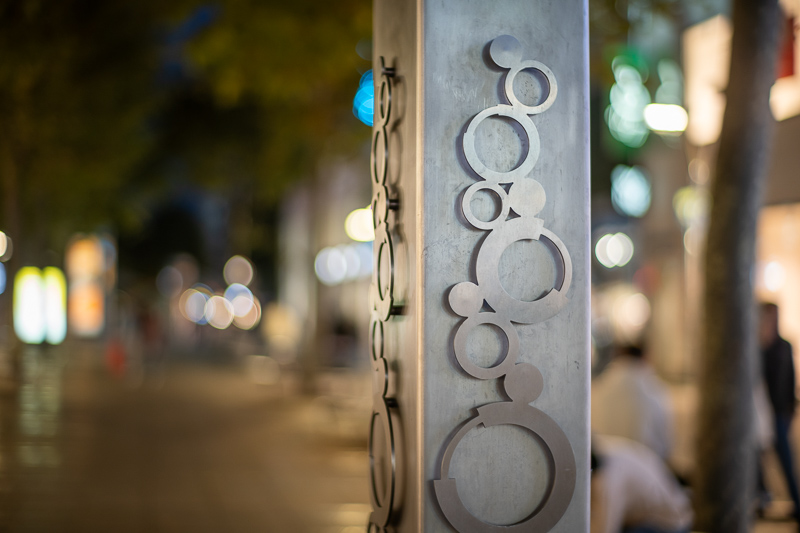
Defocused light points in the background also don’t show as strong outlining, which leads to them being less distracting, which leads to an – at least to my eyes – more pleasing rendering.
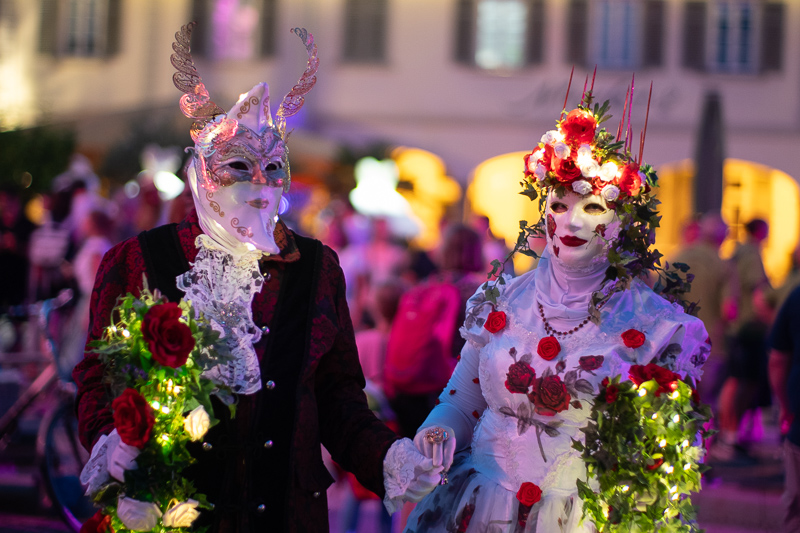



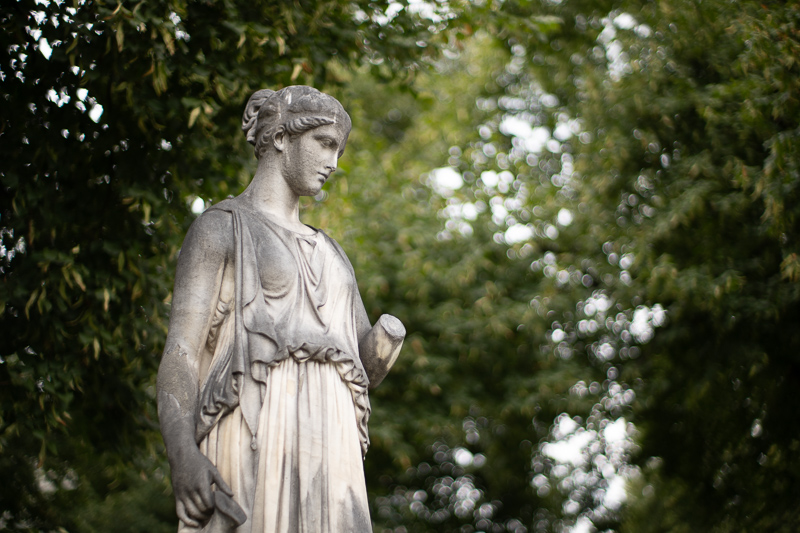
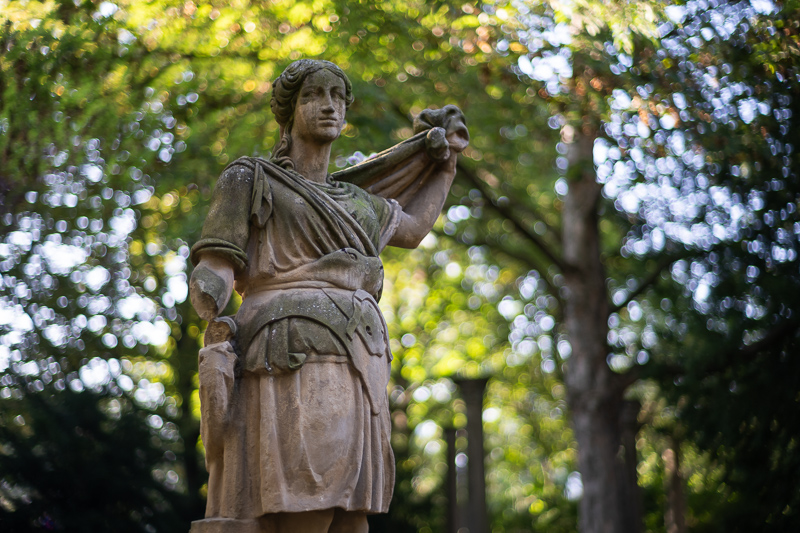
At long distances resolution and contrast start to suffer though and field curvature also starts to hurt the bokeh a bit. Focusing is also much harder at these distances with off center subjects.
Out of all the four f/1.2 F-mount lenses I actually found this one to create the most pleasing out of focus rendering at typical portrait distances. With the others I found myself using them stopped down to f/2.0 most of the time in order to tame the busy bokeh and to get more contrasty pictures, which kinda eliminated the benefit of having an f/1.2 lens.
This Nikon 58mm 1.2 Noct reminds me of some of the (older) Leica lenses that also show high contrast at their maximum aperture at the cost of higher field curvature and astigmatism.
Sunstars
The earlier samples of this lens feature a diaphragm made of 7 straight aperture blades whereas the later ones feature 9 straight blades. This is an earlier sample with 7 that leads to rather distinct 14 pointed sunstars between at f/11 and f/16. The lengths of the rays do not look perfectly even to me, but then I have seen much worse from lenses of that era and for that occasional blue hour picture these would be perfectly fine for me.
If you want to know more about sunstar rendering of different lenses have a look at this article.
Chromatic aberration
Lateral
Lateral CA are almost perfectly corrected, so there is nothing I could show you here.
Longitudinal
Performance in this category is similar to the Nikon 55mm 1.2 Ai, but things may look worse at f/1.2 here, because the Noct has higher contrast. At f/2.8 the fringing is mostly gone.
We clearly see some purple fringing around high contrast highlights, again very similar to the Nikon 55mm 1.2 Ai.
Conclusion
good
|
average
|
not good
|
Before using this lens, I expected it to perform similar to the Nikon 50mm 1.2 or 55mm 1.2 – just with better Coma correction. Interestingly, I found there to be more differences. The 50mm and 55mm, they correct Astigmatism at f/1.2 pretty well, but spherical aberration is higher and therefore contrast is noticeably lower.
With the other f/1.2 F-mount lenses – without aspherical elements – I always felt the need to stop down to f/2.0, not because of Coma, but because of that lack in contrast. In this regard I prefer the wide open performance of the Noct-Nikkor.
As is the case with other rare lenses as well though: today’s price obviously does not reflect its performance compared to modern lenses. While the Coma correction is a bit better compared to all spherical lenses of its era, it compares pretty badly to today’s f/1.2 lenses like e.g. the Sony FE 50mm 1.2 GM or Nikon Z 50mm 1.2 S or even the smaller Voigtländer 50mm 1.2 Nokton. Also off center sharpness isn’t particularly great, which does make focusing harder and focus shift is also on the strong side – luckily not an issue anymore when using this lens on a modern mirrorless camera.
So obviously, this is not a lens I can really recommend you buying, unless you are a Nikon collector, in that case it is of course a must-have.
This is also a lens, where a replica from e.g. Light Lens Lab would make a lot of sense. That way, people who actually want to take pictures with it, will get the opportunity to do so, instead of knowing most of these lenses will sit forever unused in the collectors’ dry cabinets.
buy from ebay.com | ebay.de (affiliate links) starting at $3000
Alternatives
I reviewed a lot of fast 50mm lenses but most of them have been M-mount lenses. I also did a Comparison of Super Fast 50mm M-mount Lenses that might be worth a look.
We also have a Guide on 50mm Lenses that can be used on E-mount/Z-mount cameras that will give you a good overview.
Here I will only talk about the ofter f/1.2 lenses for F-mount.
Nikon 55mm 1.2 Ai:
I already compared these two lenses in most of the above categories. There are actually more differences than I initially expected. The Noct has higher contrast and to my eyes more pleasing bokeh at f/1.2, but it also looks worse at infinity at wider apertures. In 2024 I would mainly be using these lenses for portraiture and here I prefer the look of the Noct.
buy from ebay.com | ebay.de (affiliate links) starting at $300
Nikon 50mm 1.2 Ai(-s):
I only used this lens shortly. From my memories it performs very similar to the aforementioned 55mm 1.2 at f/1.2 to f/1.4 but better at infinity slightly stopped down. Before paying the price for a used one in good condition I recommend to have a look at the next option first.
buy from ebay.com | ebay.de (affiliate links) starting at $400
Voigtländer 55mm 1.2 Nokton SLIIs:
While Nikon declared the F-mount dead, Cosina is surprisingly still designing new F-mount lenses like this 55mm 1.2. Unlike Cosina’s f/1.2 lenses for other camera systems it does not make use of aspherical elements though and in fact its rendering is more similar to the two aforementioned lenses than the Noct. If you like its rendering it can still be a very interesting option and I would prefer it over Nikon’s 50mm 1.2 and 55mm 1.2 for being a bit less soft, having 9 rounded aperture blades, a perfectly round rear element without cut-out and much better flare resistance.
buy from Amazon.com | B&H | ebay.com | ebay.de (affiliate links) for $699/649€ or find your local Voigtländer distributor
I also compared the Nikon 55mm 1.2 Ai, the Voigtländer 55mm 1.2 SL IIs Nokton and the Voigtländer 58mm 1.4 SL IIs Nokton in this comparison.
Sample Images
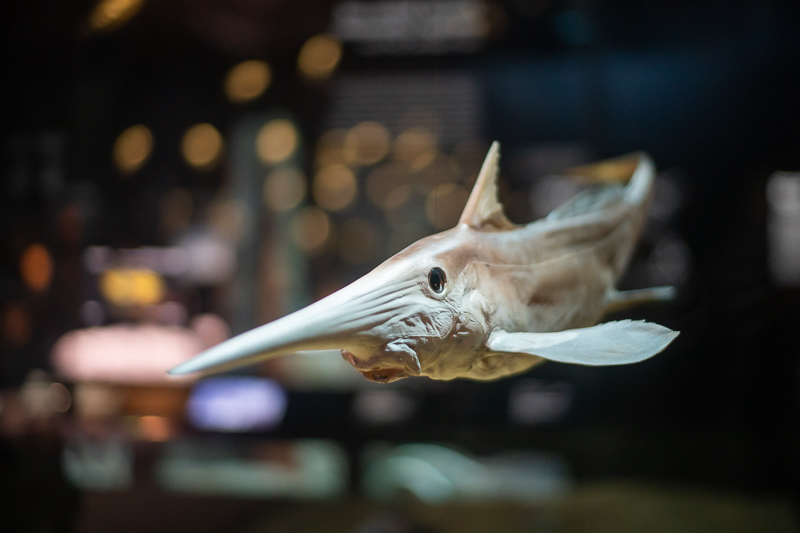

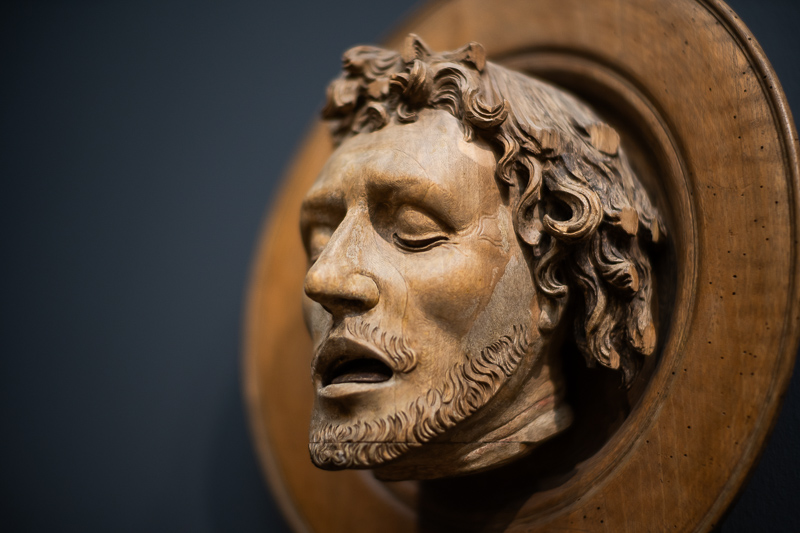

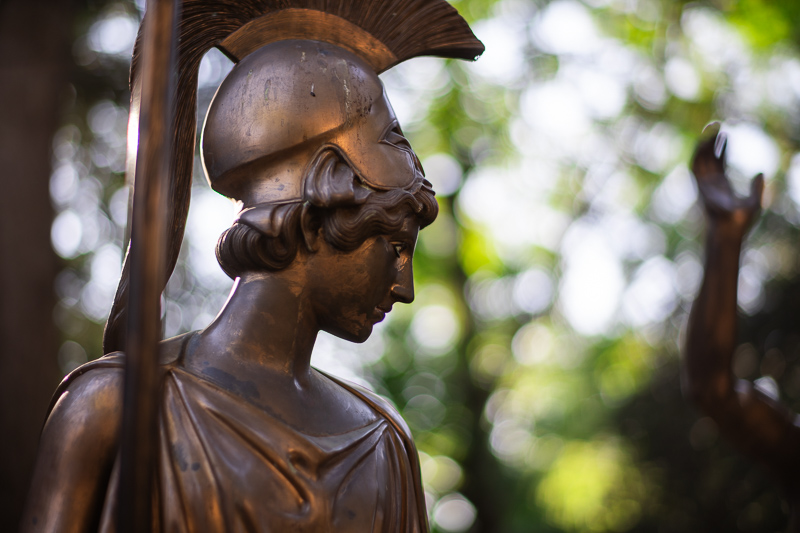
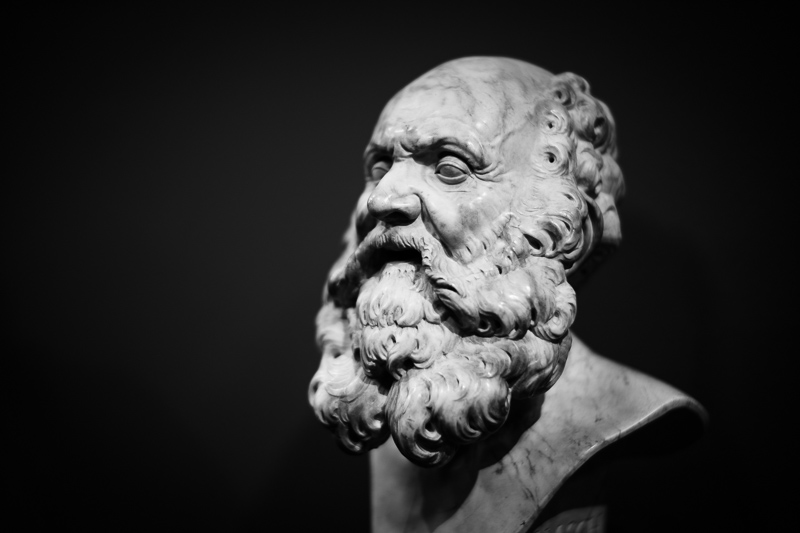

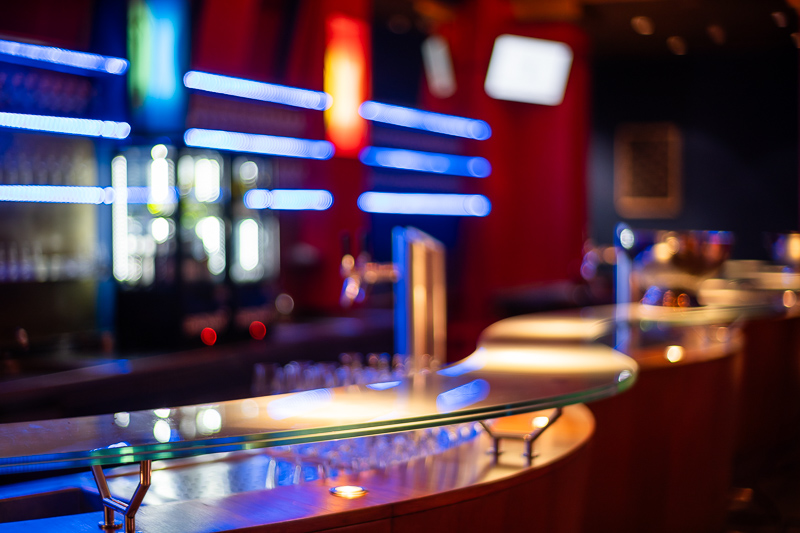
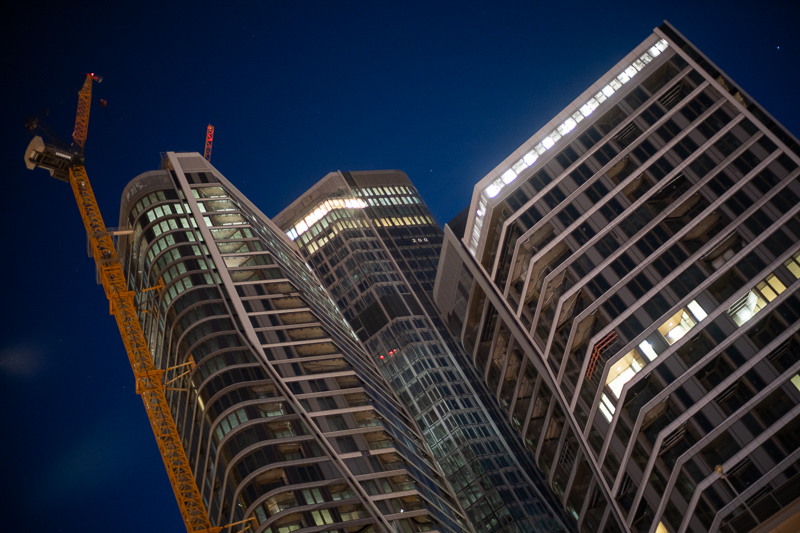

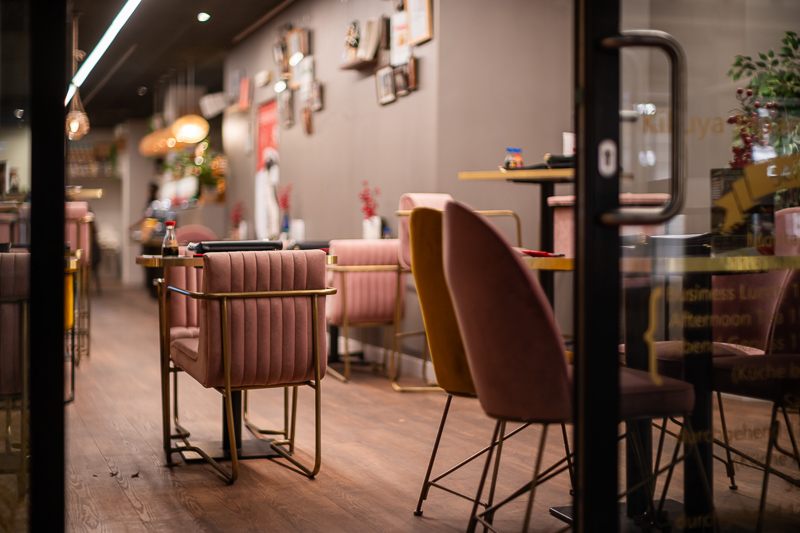

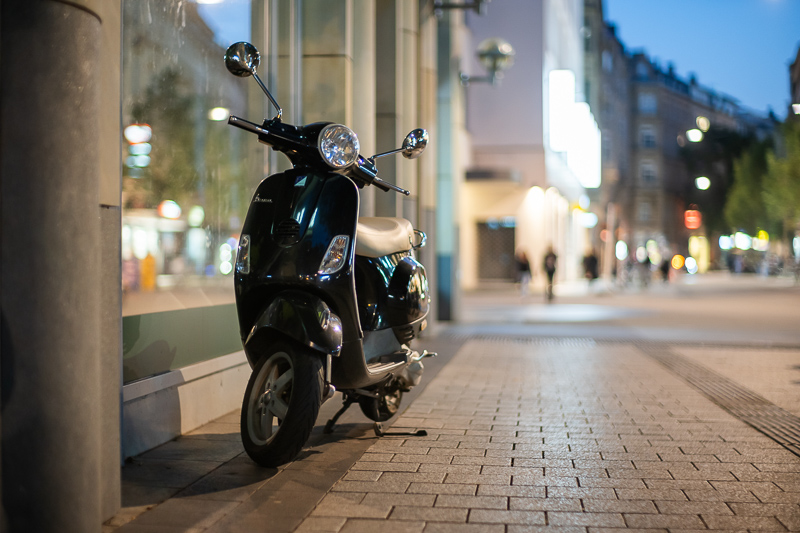
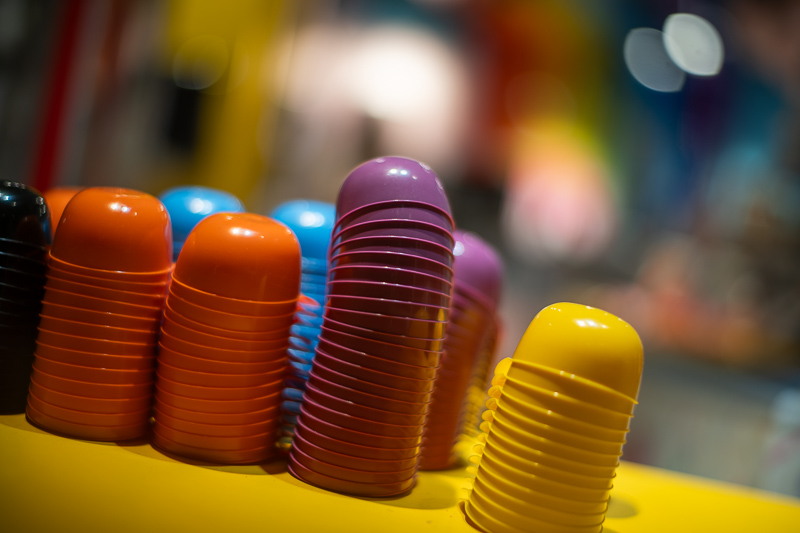
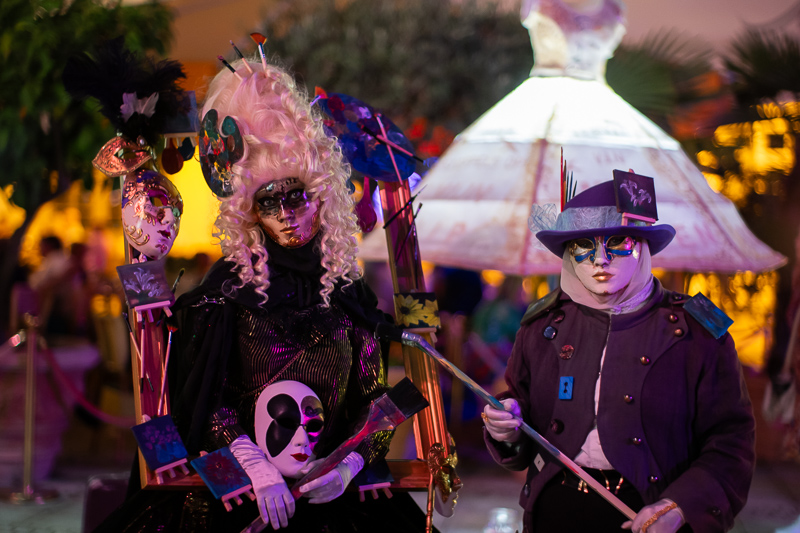
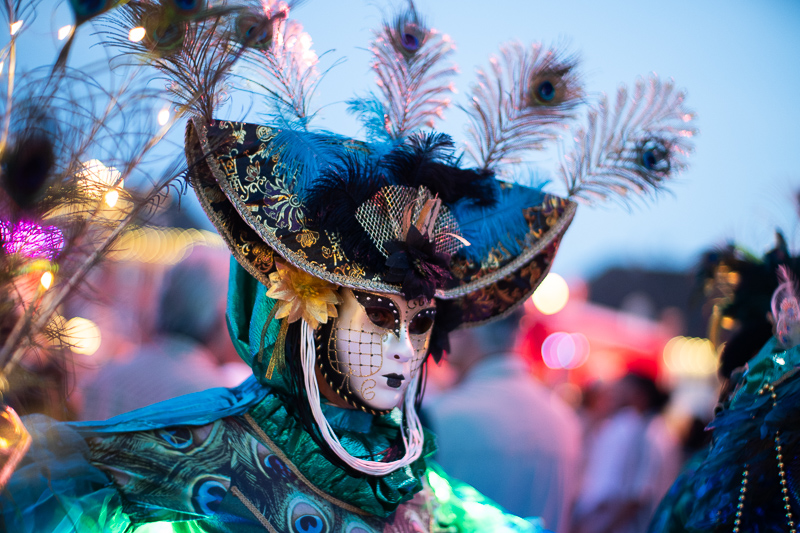



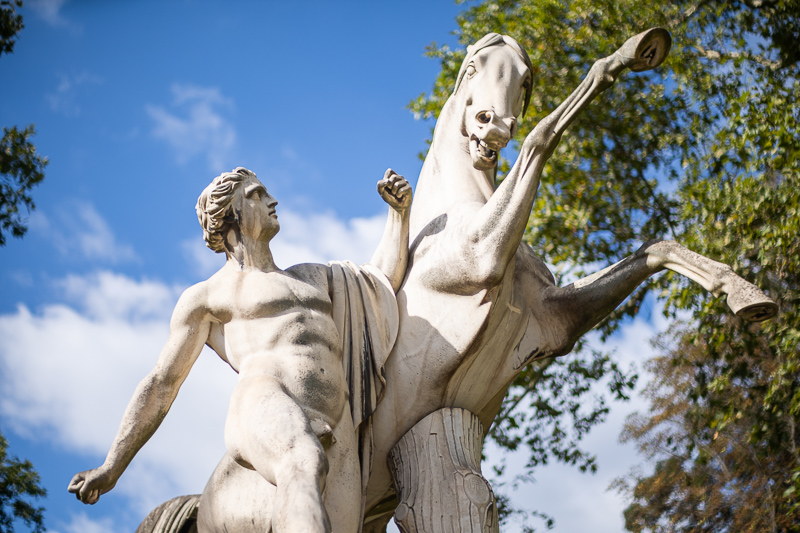
Most of the sample images in this review can be found in full resolution here.
Further Reading
- All Lens Reviews
- Analogue Adventures Landing Page
- Review: Sigma 50mm 1.4 EX
- Review: Voigtländer 58mm 1.4 SL IIs Nokton
- Discuss this review on our Discord server
Support Us
Did you find this article useful or just liked reading it? Treat us to a coffee!
![]()
![]()
![]() via Paypal
via Paypal
This site contains affiliate links. If you make a purchase using any of the links marked as affiliate links, I may receive a small commission at no additional cost to you. This helps support the creation of future content.
Latest posts by BastianK (see all)
- Review: Irix 45mm 1.4 Dragonfly - November 15, 2025
- Review: Nikon 50mm 1.8 Series E - November 12, 2025
- Review: Nikon AF-S 28mm 1.4 E - November 5, 2025
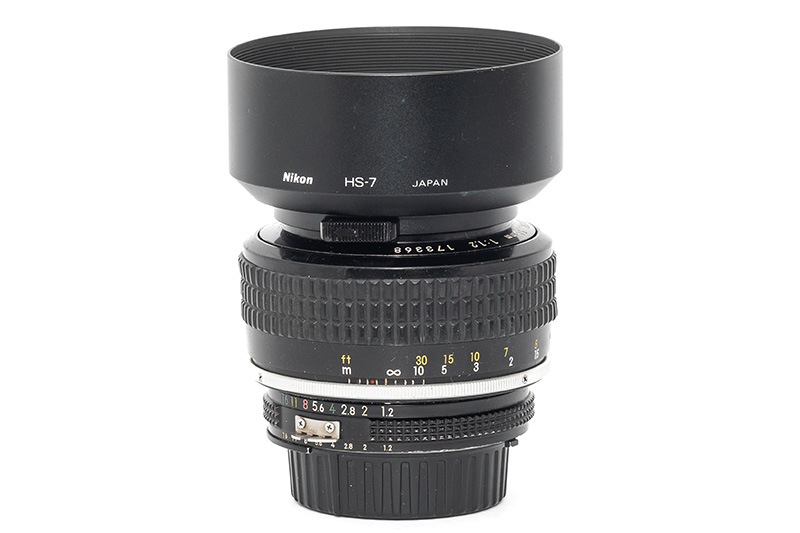
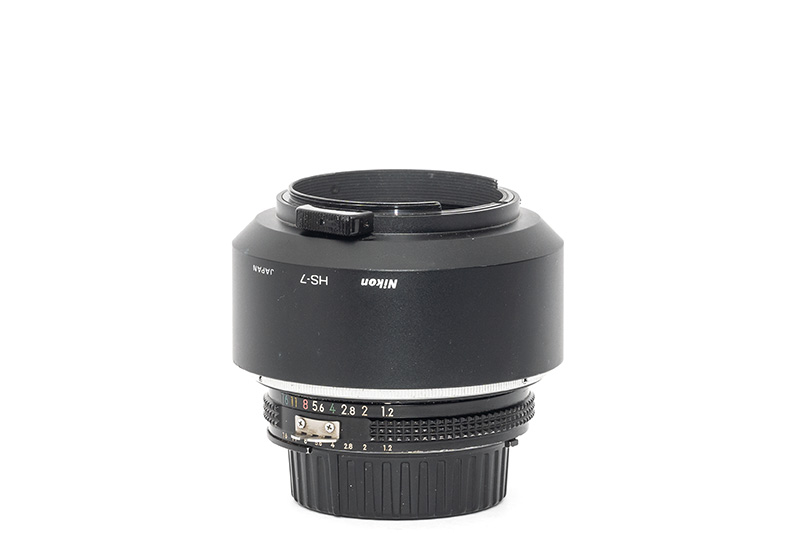









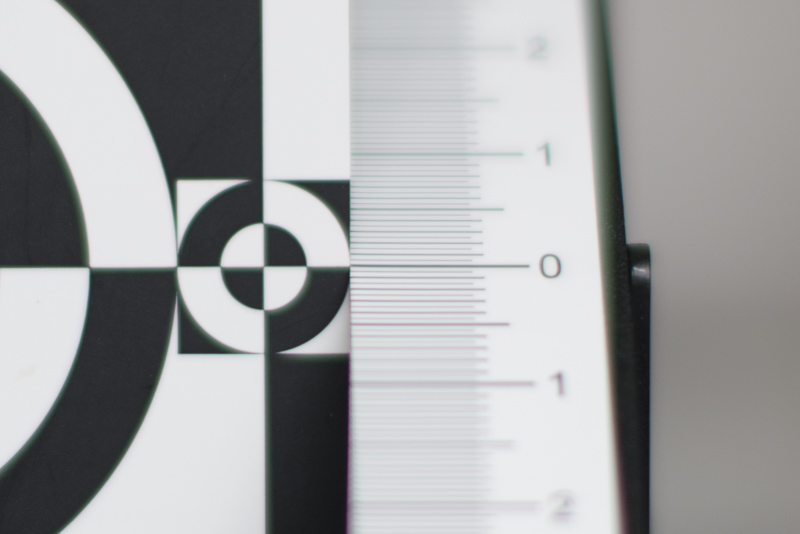



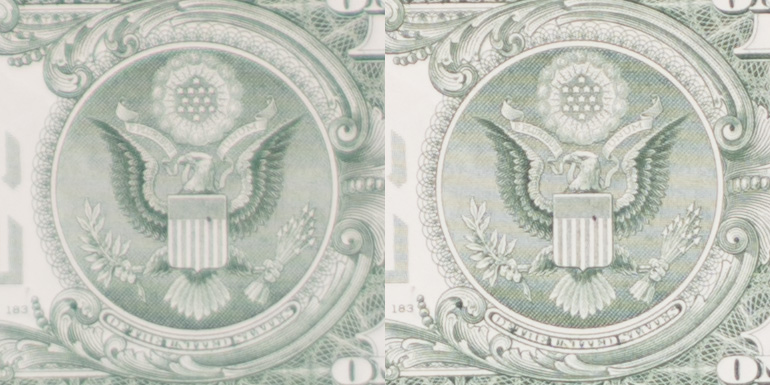
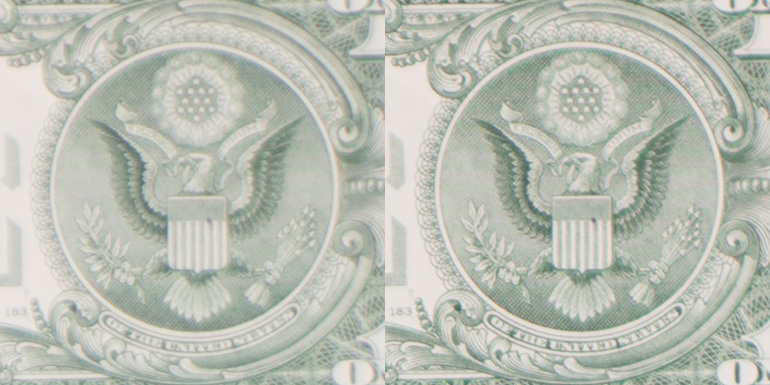






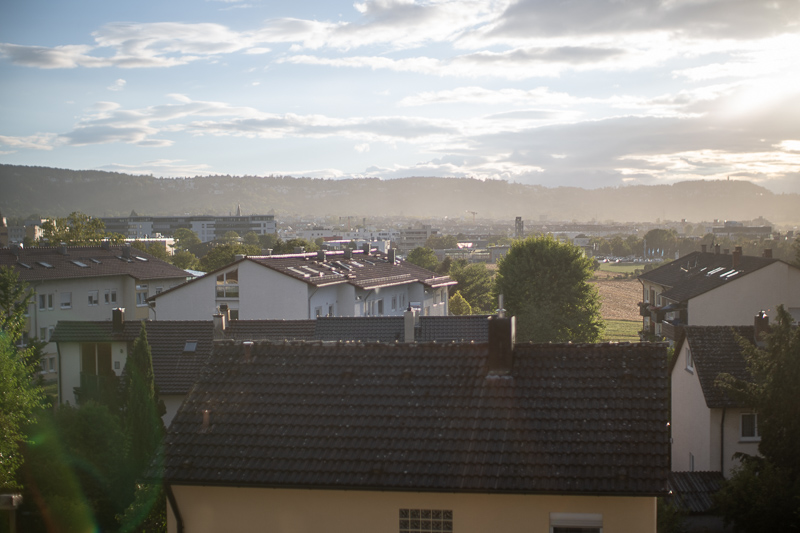

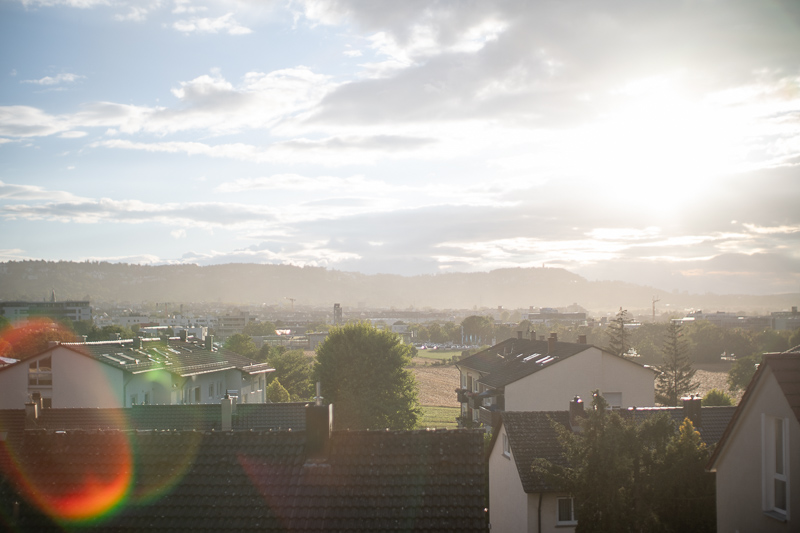
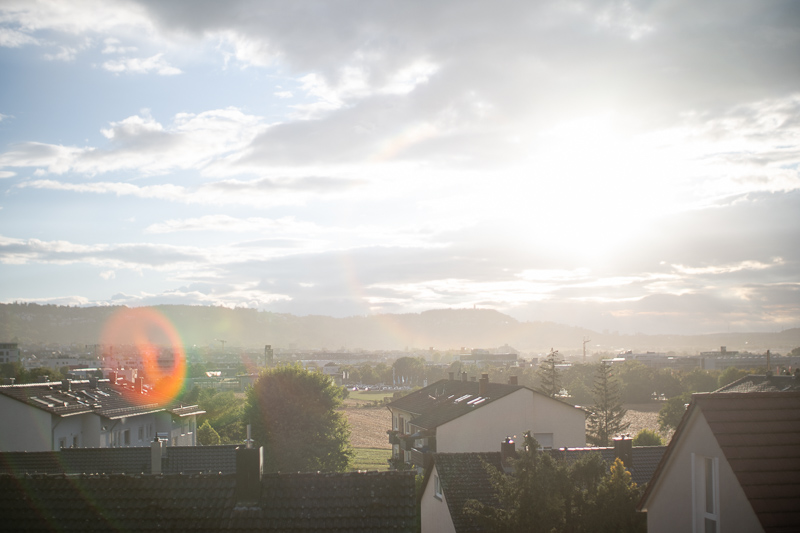
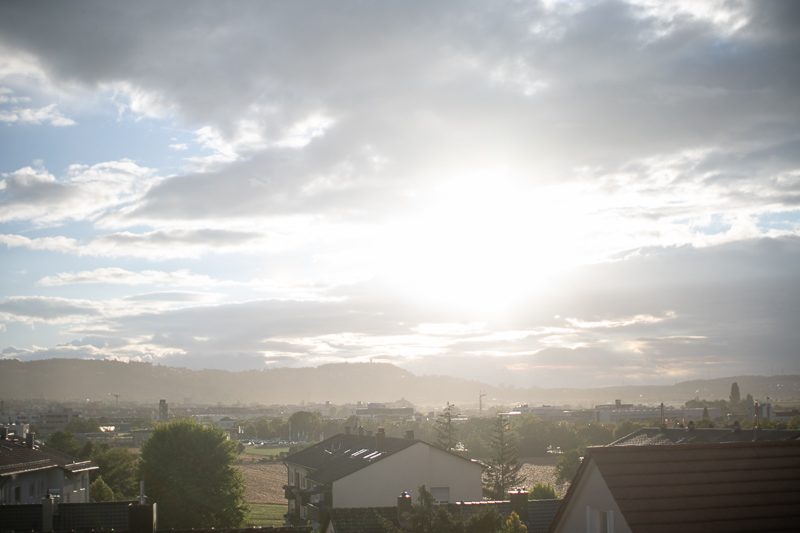
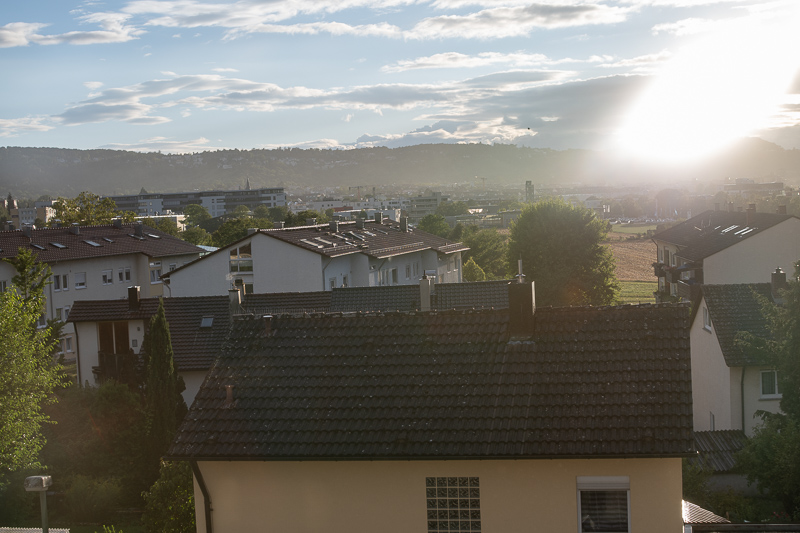
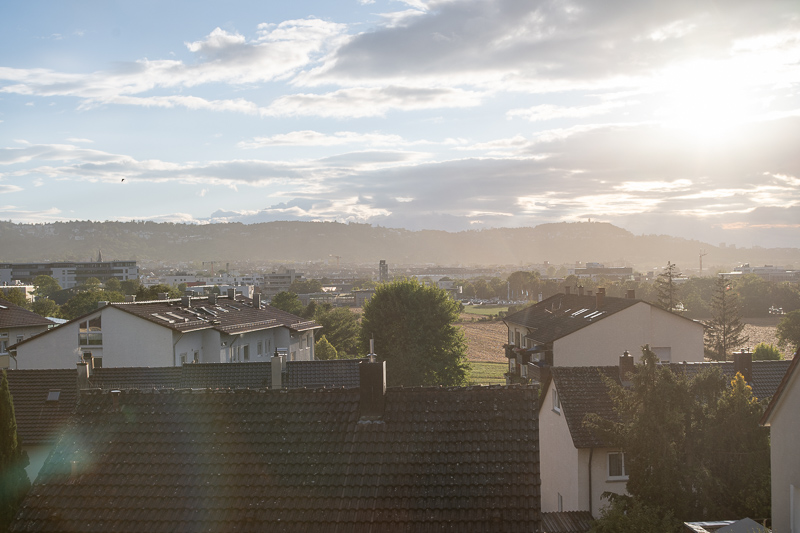
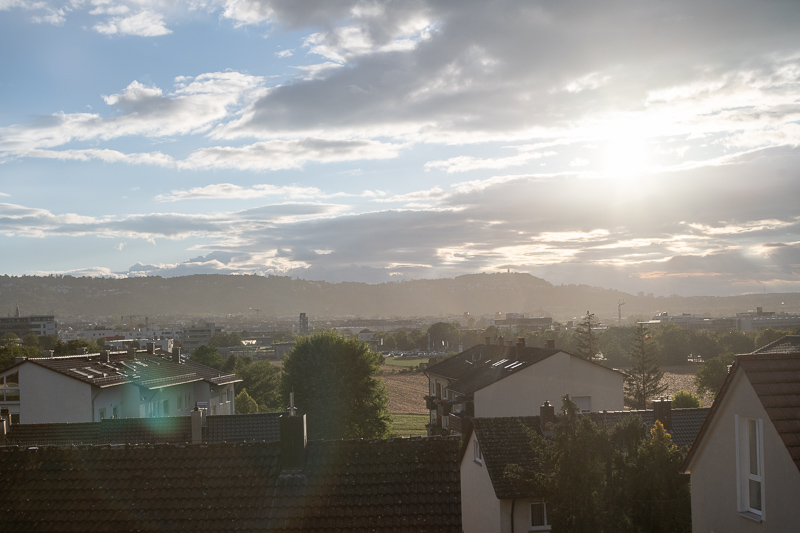


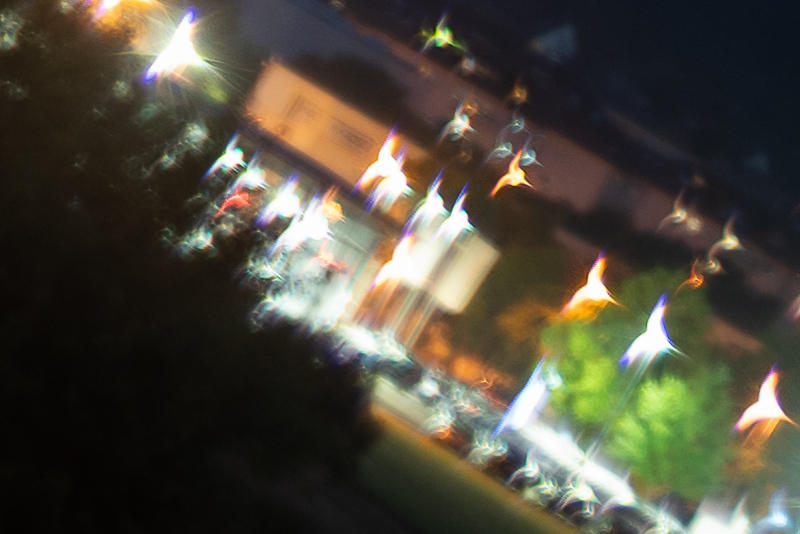
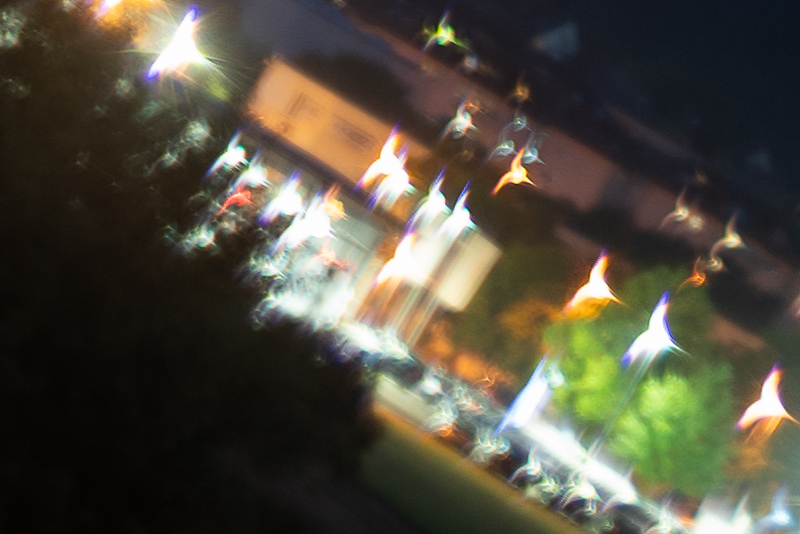

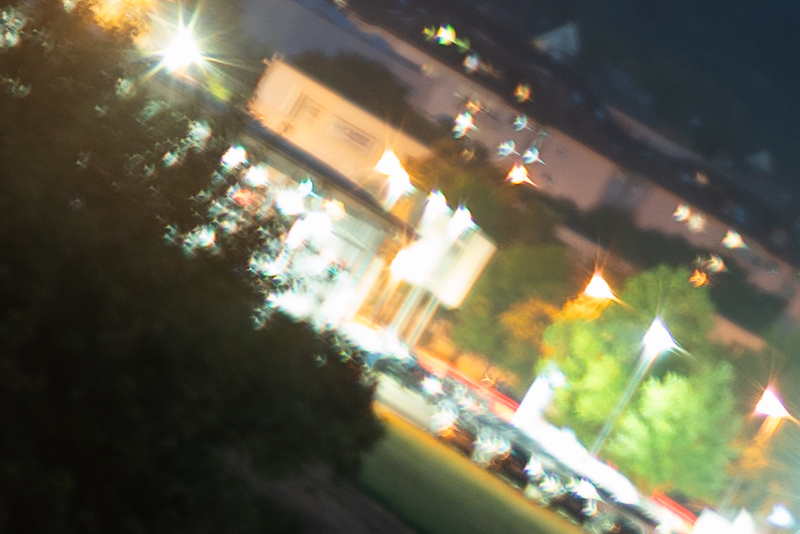

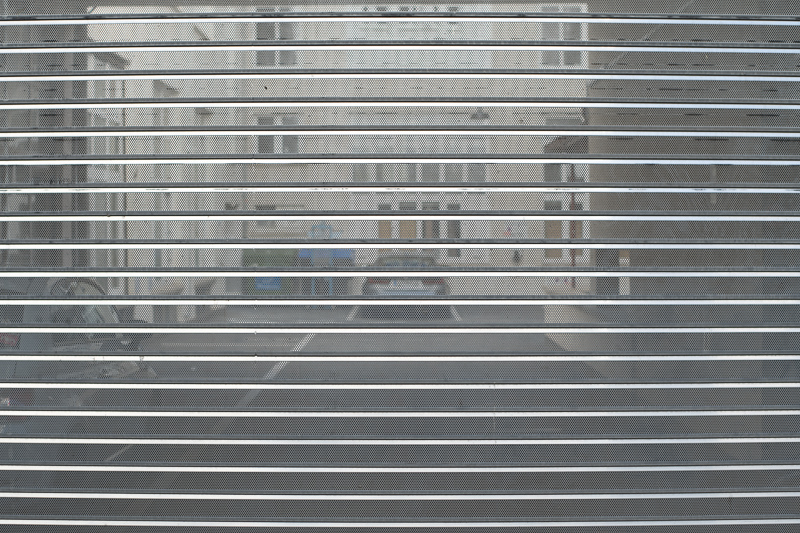

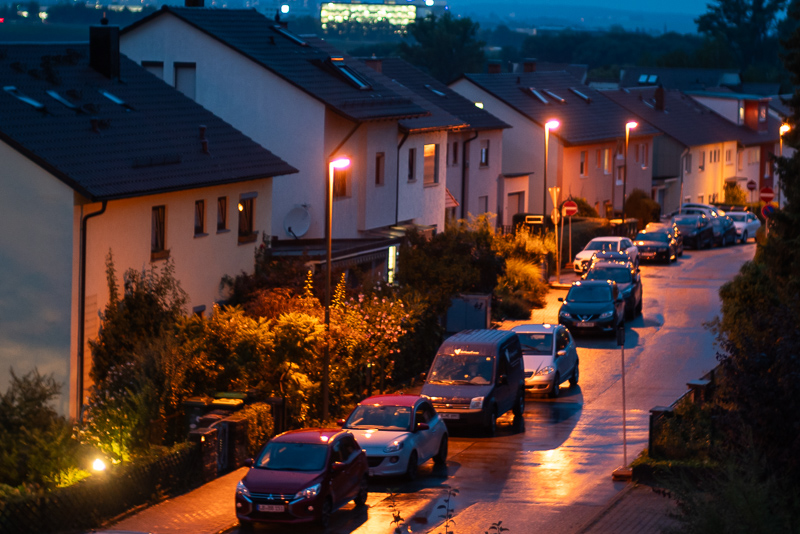

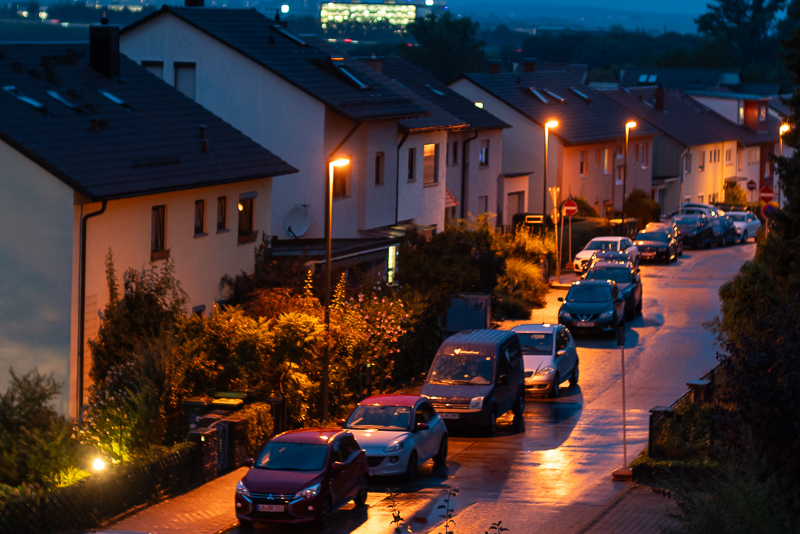
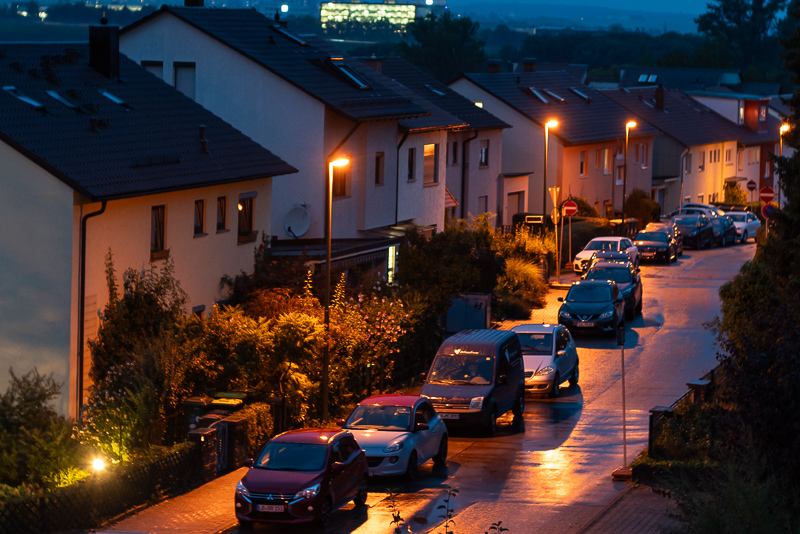

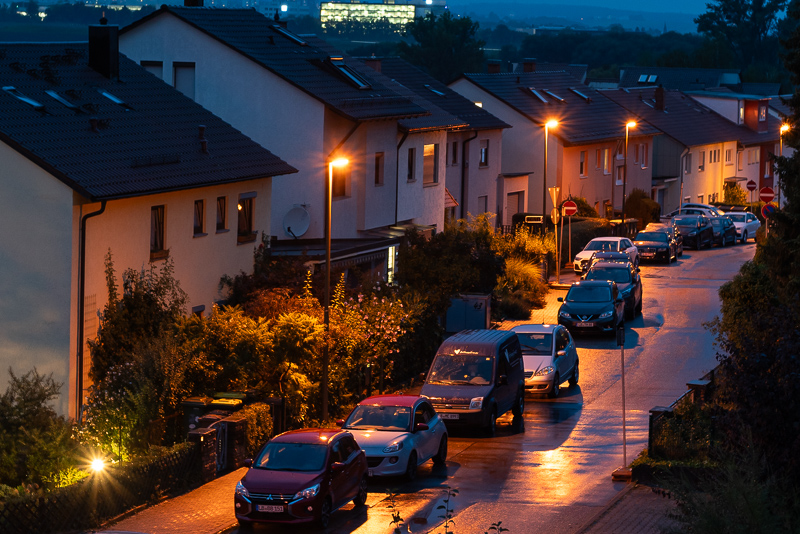
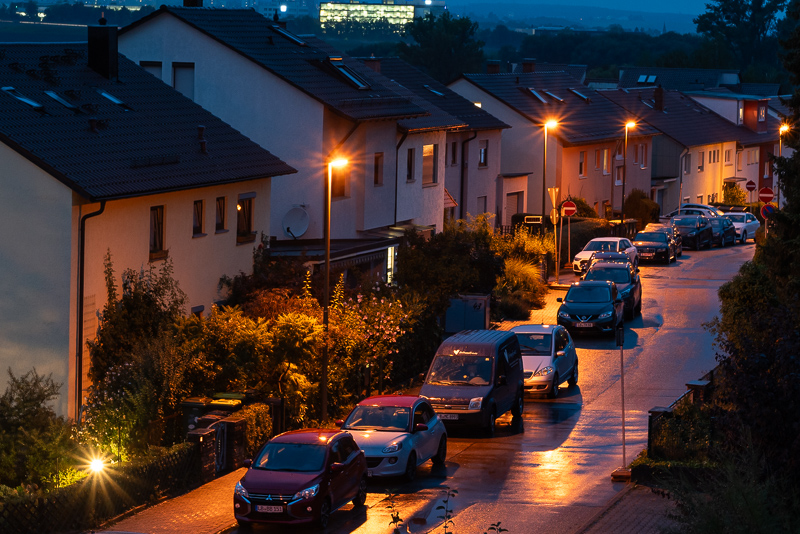
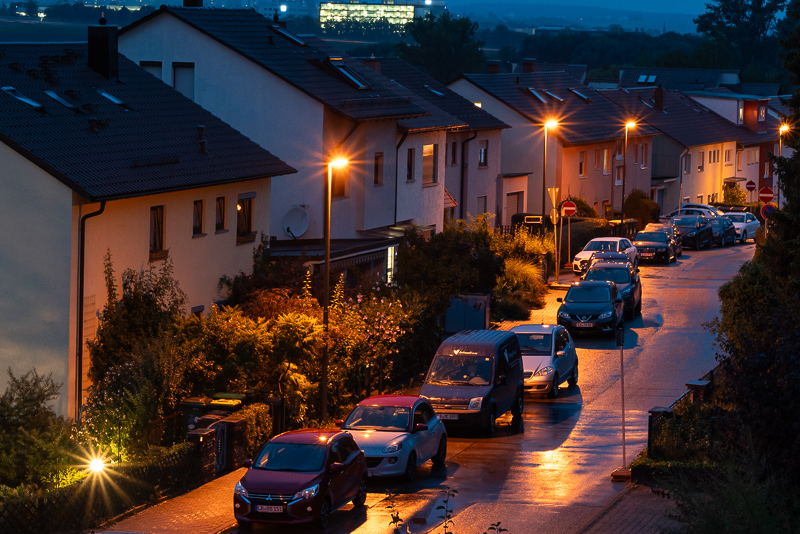
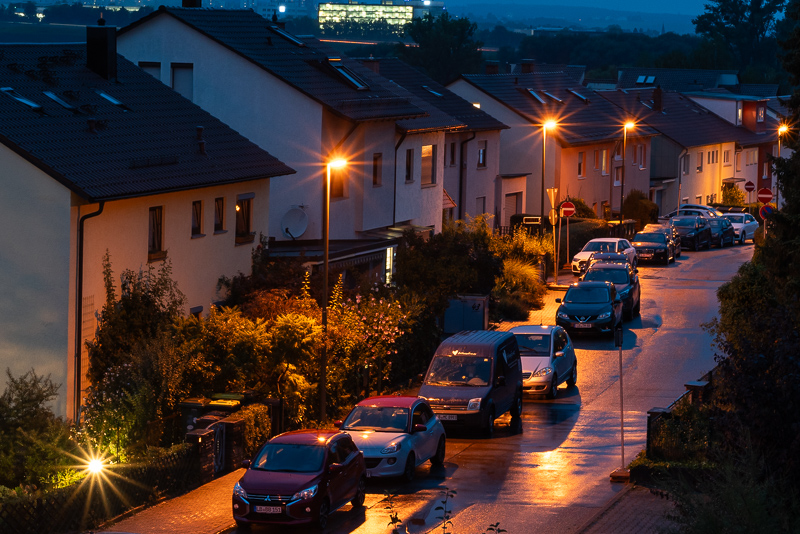
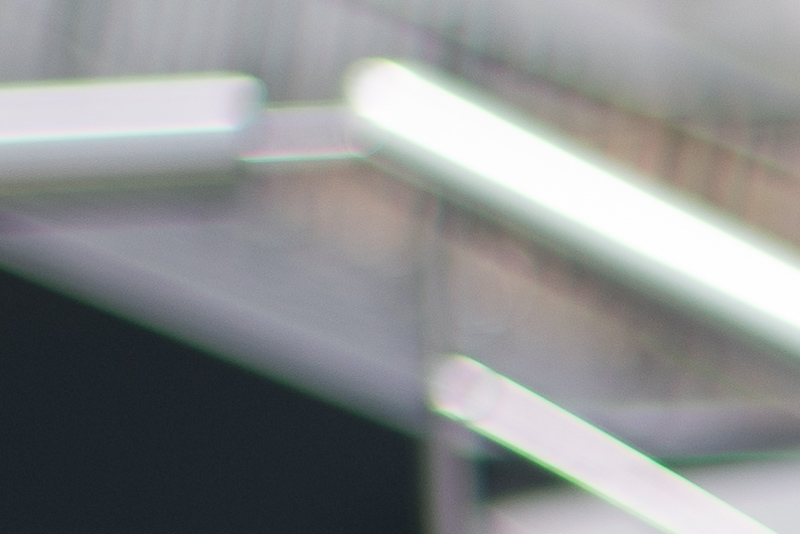
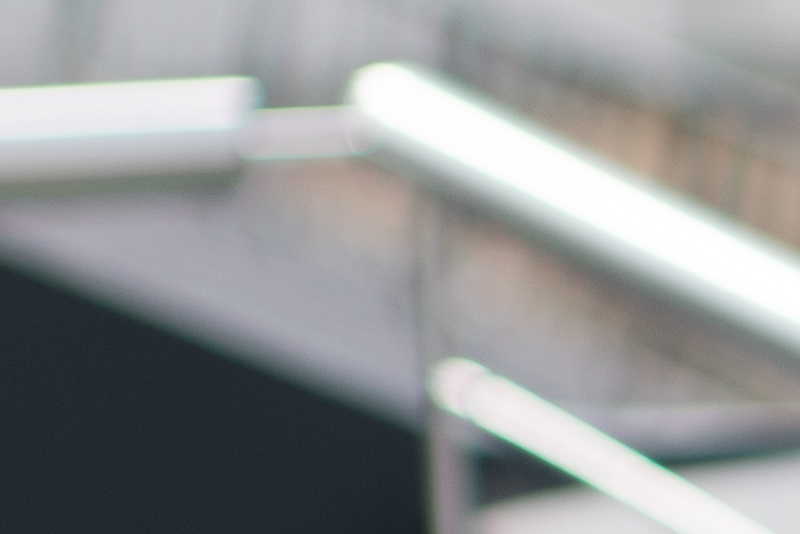
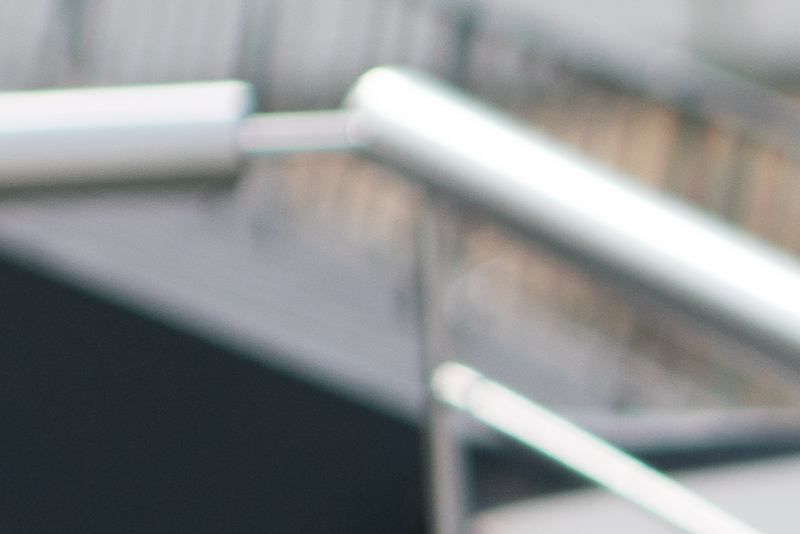
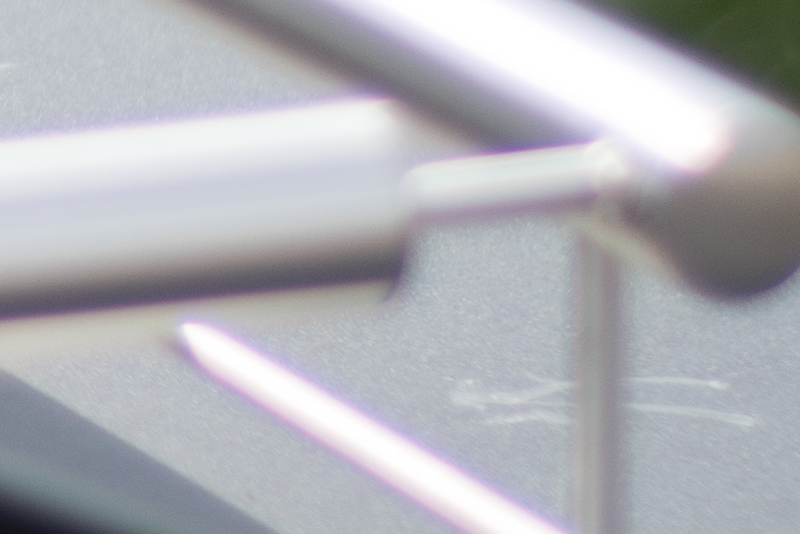
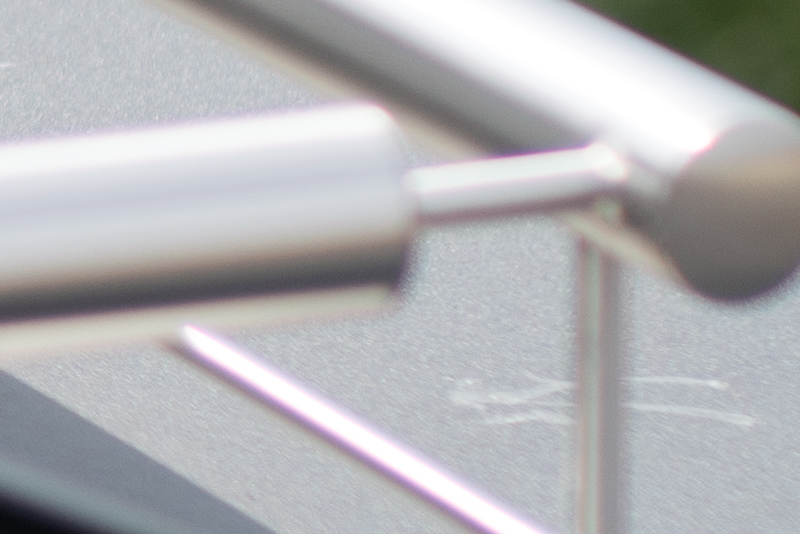

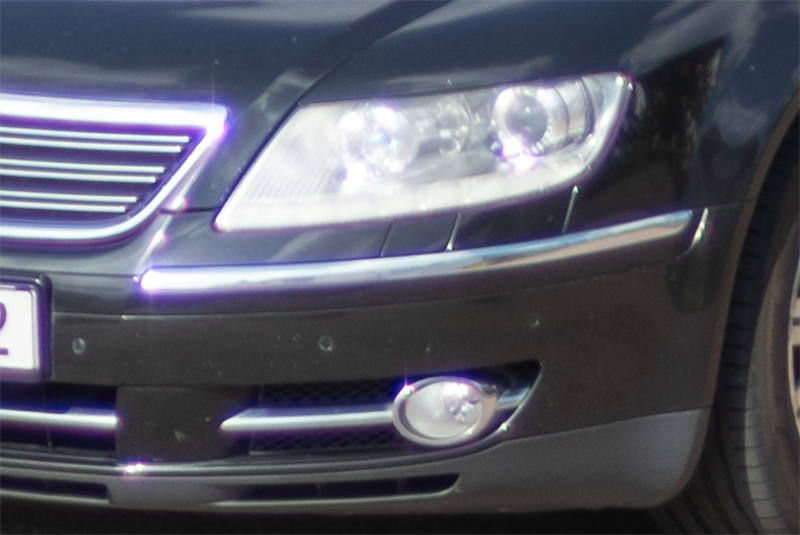


Wow, this was a really big step up in low light image quality back in the day! The bokeh is a lot smoother due to lack of brighter edges in bokeh balls, when compared to the regular 50mm’d.
Yeah, very big difference in bokeh quality!
I am wondering about comparison vs Minolta 58/1.2
It is, as Bastian wrote. The Minolta 1,2/58 (and the Konica 1,2/57) have better sharpness towards the corners, due to less field curvature, but they aren´t as contrasty wide open, than the Noct. Also the show huge coma flares… So when shhoting at night, or in the blue hour, I would alway prefer the Noct. (I own theese 3 lenses…)
Best regards, Christian
I really wanted a noct for years. Picked up the Minolta Rokkor 58 f/1.2 instead.
It really shines during golden hour when you can add a little flare if you want. And for city at night/concert photography when lights bloom soft and smooth a bit like film.
Agree it is soft (thank goodness for split image focusing in many Minolta cameras) and not very contrasty at 1.2. It’s pretty rad at f/2 though.
If I win the lottery, I’ll buy the noct.
This lens would almost certainly benefit from use on a thin-sensor modded camera.
Thanks for the review!
People always hope for that with these rare old lenses, but with these simple SLR designs that will hardly be the case.
I assume you mean the filter stack, not the sensor itself.
There is a very good article from Bastian explaining why this is not the case: Filter stack thickness plays a role when the light rays hit the sensor in a very acute angle.
https://phillipreeve.net/blog/different-filter-stacks-and-what-they-mean-for-us-sony-e-nikon-z-leica-m-kolari-ut/
As the Nikon F mount has a relatively large flange distance (46.5mm), the angle cannot very acute.
This is more a problem when adapting rangefinder lenses with short flange distance.
Thanks for the review! Very cool lens. It is sort of the perfect portrait lens for that era. Truly impressive! Lovely rendition too. The contrast + bokeh make it look like a modern Voigtlander lens for certain shots
Though I would be curious how it would perform on a camera like the Nikon Z or Leica M that has a thinner filter stack since it was designed for film! I imagine it would perform better?
I also checked the performance on the Zf. There was no relevant difference.
Thank you both Bastian and Christian that you made it possible to read this very review. It is a joy to see actual optical performance of lenses which are more collector items than photo tools.
Now we need somebody willing to provide a M-Hexanon 60/1.2…
Oh yes, that one I am very much interested in.
Thanks for reminding me to add it to my list of lenses I would like to review.
Great review as always. This has always been a dream lens for all Nikon-bois.
But sadly, as communicated with the owner of Light Lens Lab, this lens appears not to be on his “To-do list”, where as he is considering whether to replicate the Konica L39 mount 60mm f1.2.
Dear Bastian, I’ve been waiting a long time for your review of this Noct, even though I have and use the 1.2 / 58 mm Noct.
I mainly take portraits in natural environments, mostly indoors, almost always in low light and very often in black and white and this lens has been my queen for many years. The pictures taken with this lens have a very special, beautiful look, regardless of the objective parameters of this lens.
I have a few other fast lenses, but when I really want something good and beautiful, I usually go for the Noct. I can always pick out the ones with the Noct from a stack of pictures if they were all taken with the aperture open.
What has been interesting for me for some time now is that the look of my portraits is very similar when I use the Mr. Ding Noxlux 1.1 /50 mm. I bought it back then because of your great review, thanks again for that!
The Noct and the Noxlux make me very happy.
A few years ago I owned the Minolta 1.2 /58 mm. For various reasons, I tried to talk myself into this lens and took many comparative shots with it and the Noct, but the shots with the Noct were always so much better in all relevant categories that I finally sold the Minolta with a heavy heart, because it is physically a very nice lens, very well made.
If one is looking for a modern lens with a similarly beautiful bokeh and feel as the Noct or Noxlux, you will probably be happiest with the Voigtlaender 1.2 /50 mm E if you shoot with Sony and can accept manual focusing.
With modern AF lenses I don’t have any experiences.
Thanks Bastian for the review.
I am a 50mm guy. I have two of these Nocts. I also have other 50mm lens like the Leica Noctilux f1.2 first version, the Leica f0.95, the Leica f1.4 Summilux, the Leica 50mm APO, Canon f0.95, Nikkor 58mm f1.2 Ai, Nikkor 55mm f1.2, Nikkor 50mm f1.2 Ai, Olympus 55mm f1.2, Olympus 50mm f1.4 and Olympus 50mm f1.8. These are the lenses I am keeping.
People often evaluate lenses in terms of these criterias:
Sharpness
Contrast
Bokeh
Vignetting
Chromatic aberration
Distortion
Etc.
The lens that scores most in all of these criterias are considered the best. That’s why modern lens are considered more superior.
What is missing here is seeing the “big picture”
To me, the naturalness of a rendition is most important. A natural picture doesn’t have to be very sharp. A natural picture has vignetting. A natural picture has coma. It is a special combination of the criteria mentioned above that makes a picture natural. It is much more complicated than addition of points scored from the above criterias.
I have read nearly every review Bastian made and I enjoyed every one of those. To me the Voigtländer Noktons give renditions that are very unnatural; especially when combined with the Sony A7III. (Sorry).
To me, the pictures that Bastian shot with the Noct. Nikkor here are the most natural.
P.s. It seems fashionable nowadays to trash the Leica 50mm f0.95. I don’t find it that bad at all.
I love this lens so much that i had two over the years. And sadly enough the second copy had gone up in price like 500 EU since i sold my last one.
Its a very special lens. I have used pretty much all other hyped vintage lenses and also newer very good ones on Nikon F, but also on OM system and M42s .
But the Noct images are the ones i always end up picking over the others and can see its taken with the special signature of the Noct.
I also have the 58mm f1,4 Nokton SLii and the Nikon 58mm f1,4 G lens. And while i like the other two a lot, the Noct wins there as well.
I hope to hold on to this copy for the rest of my life and can hand it over to my kids. Its most likely the favorite lens ever 🙂
Its not perfect, but its special.